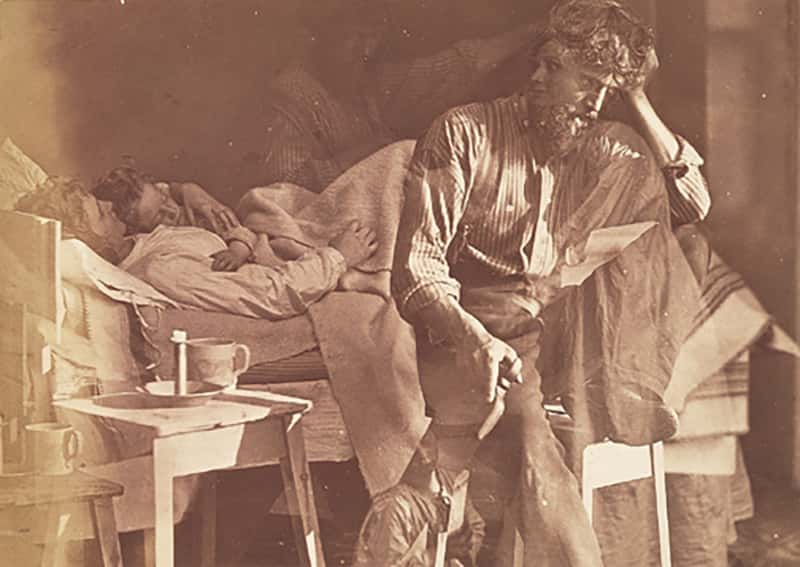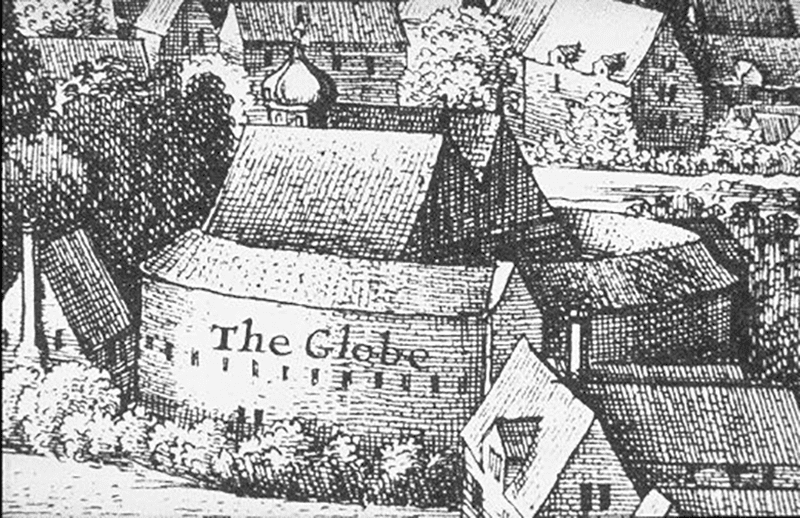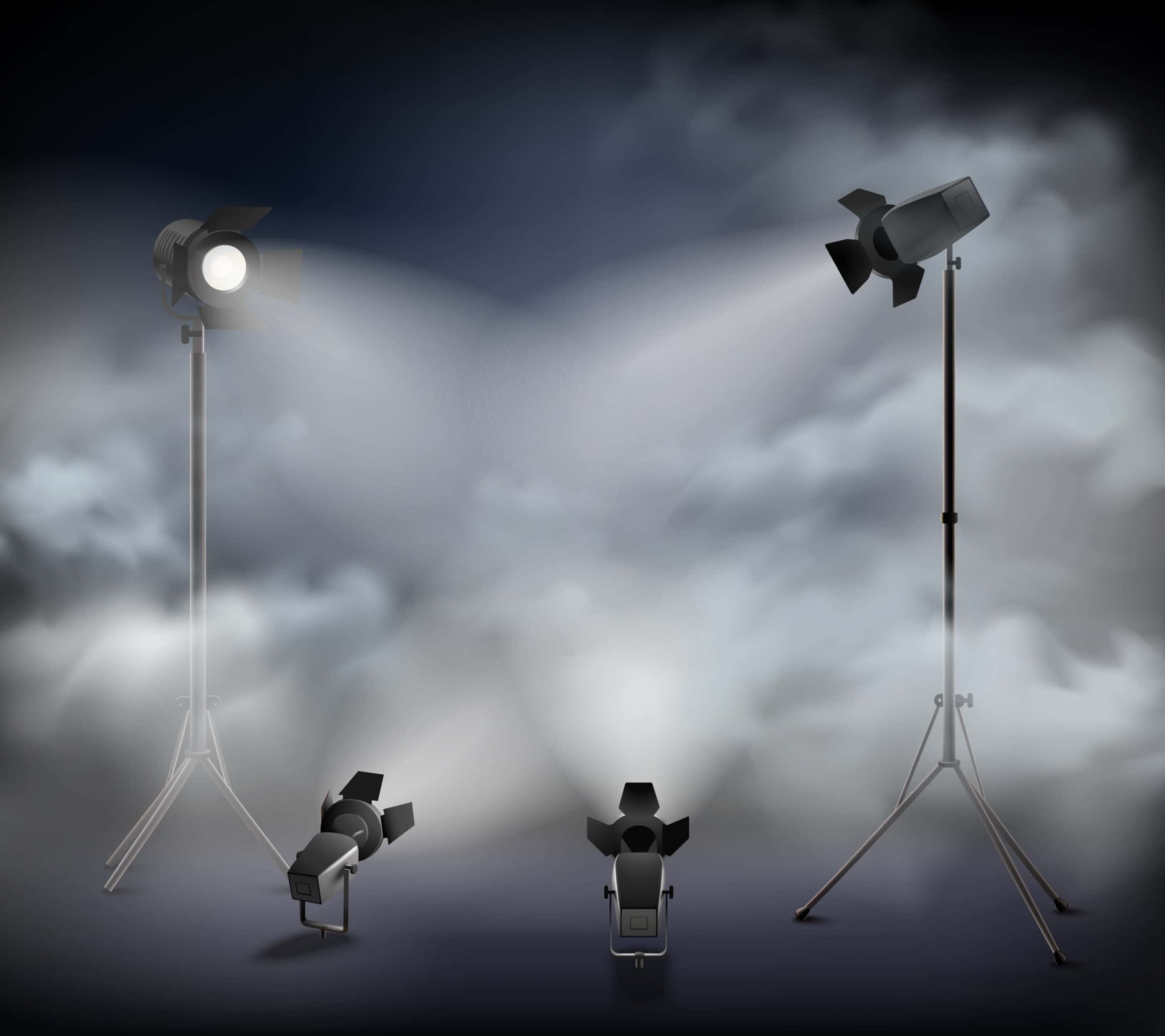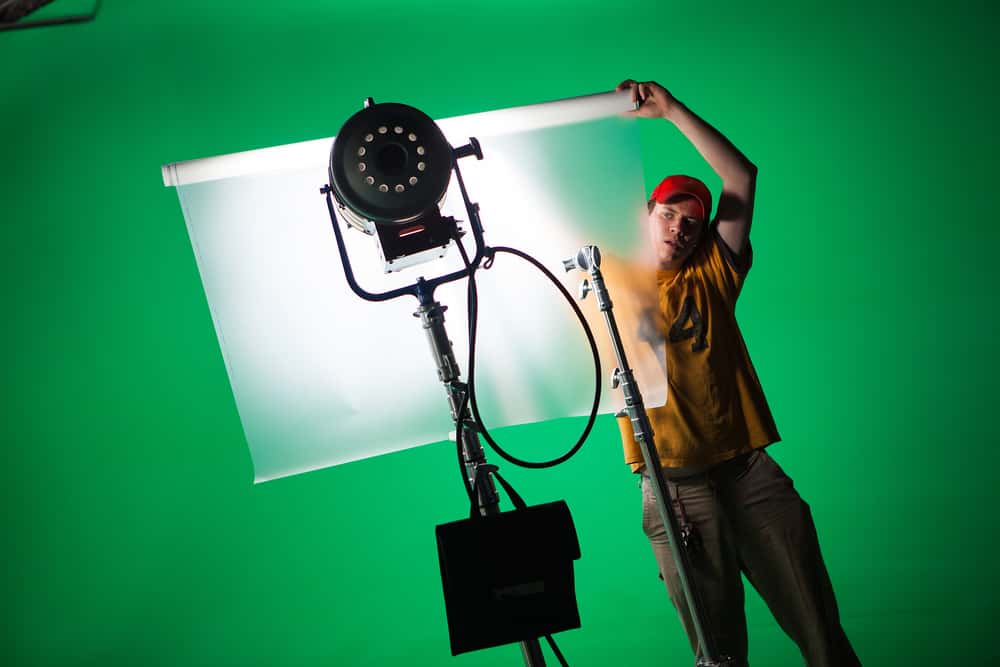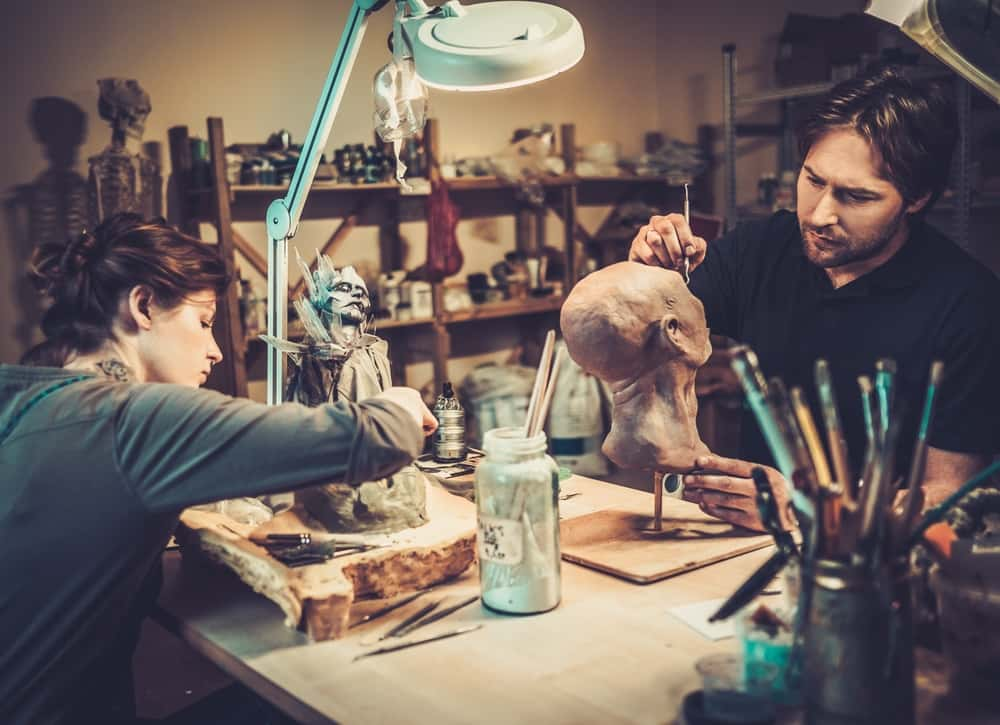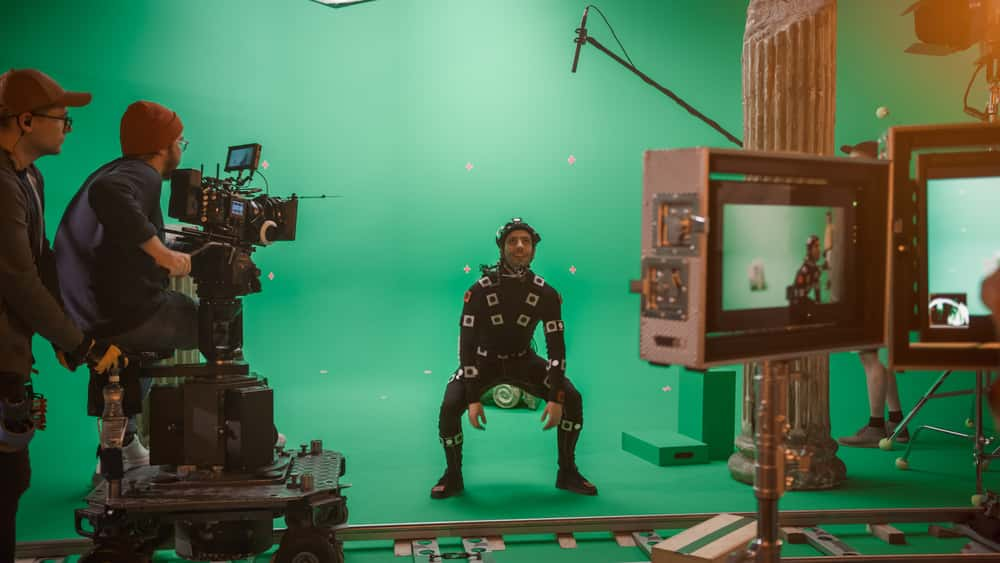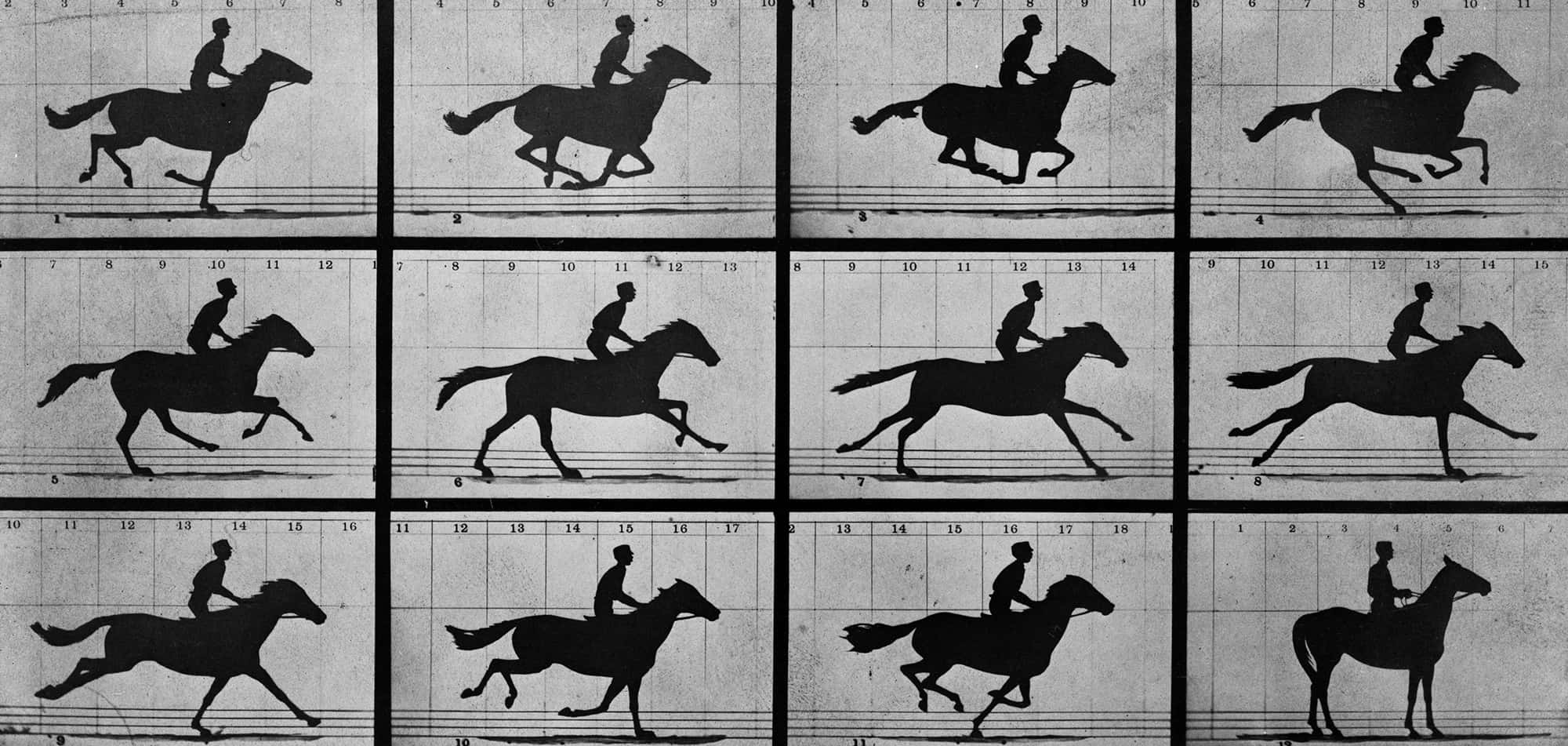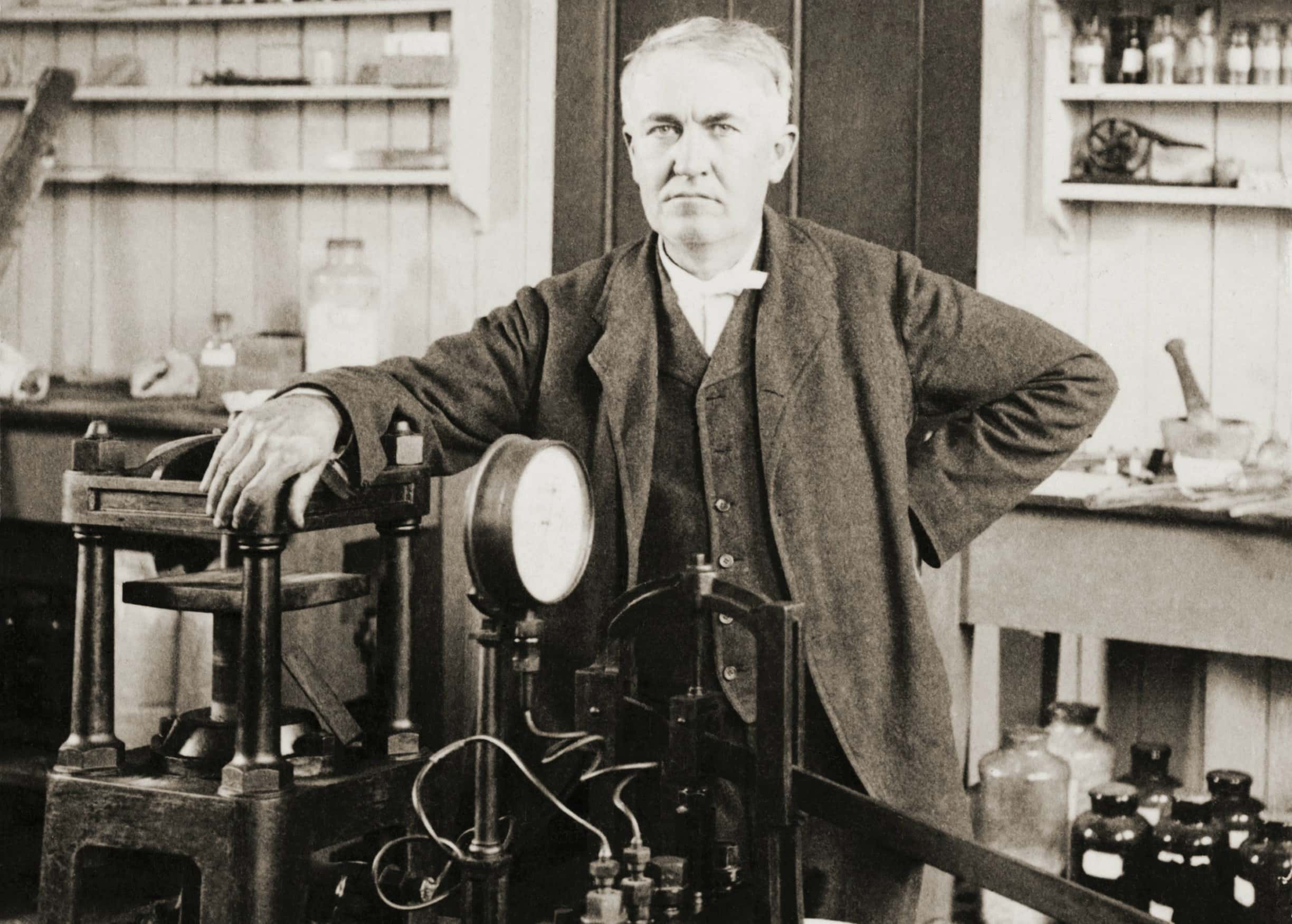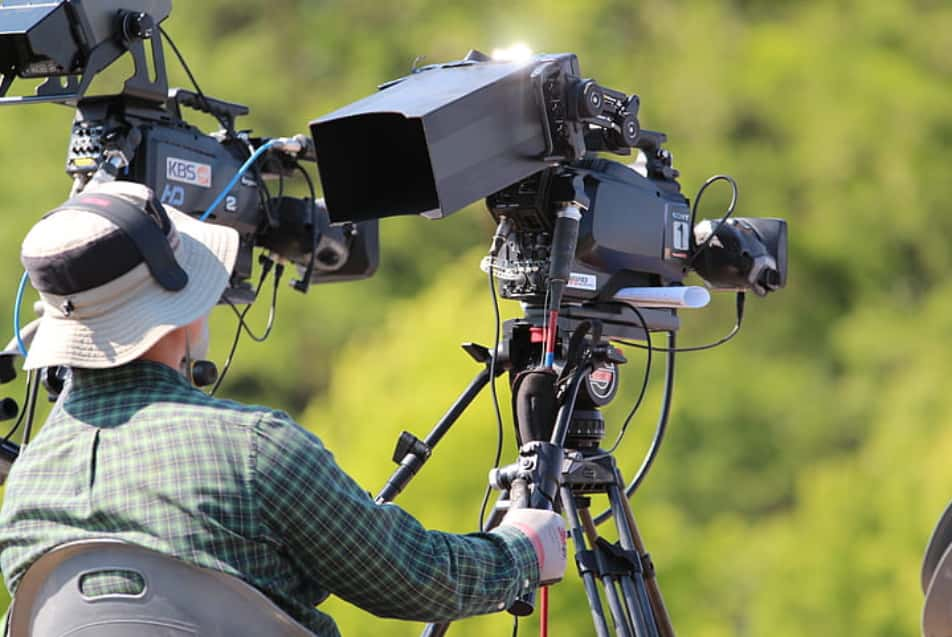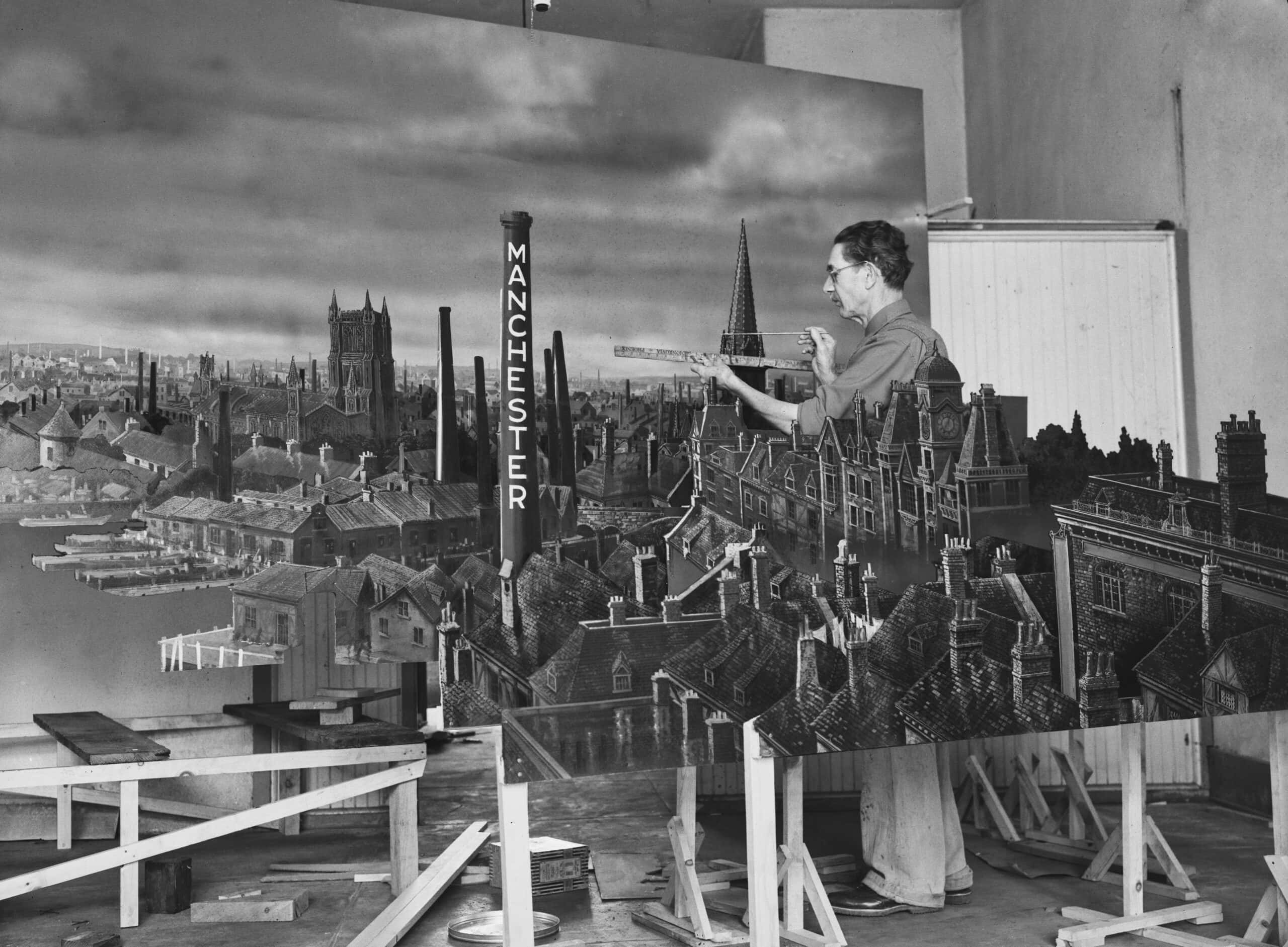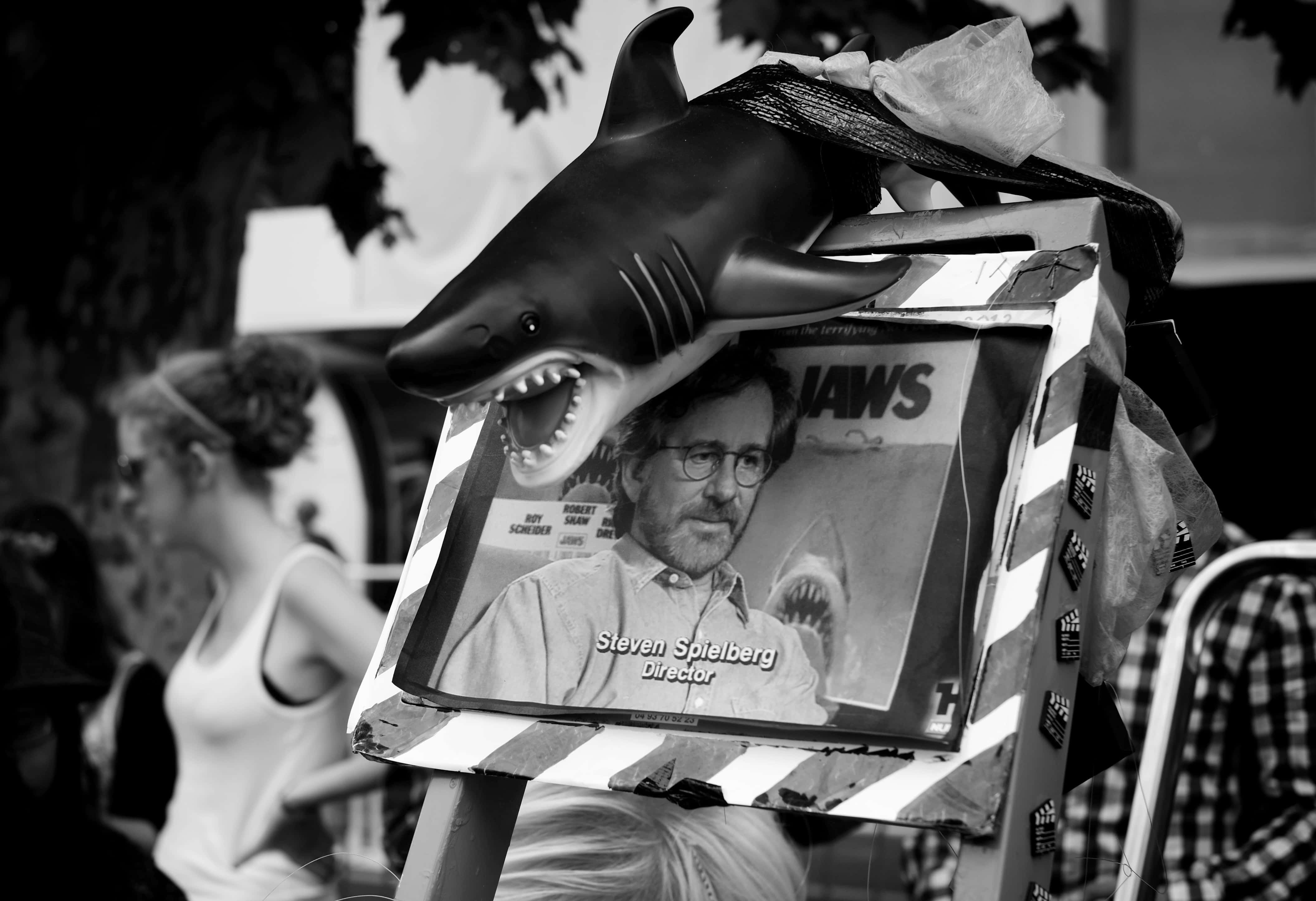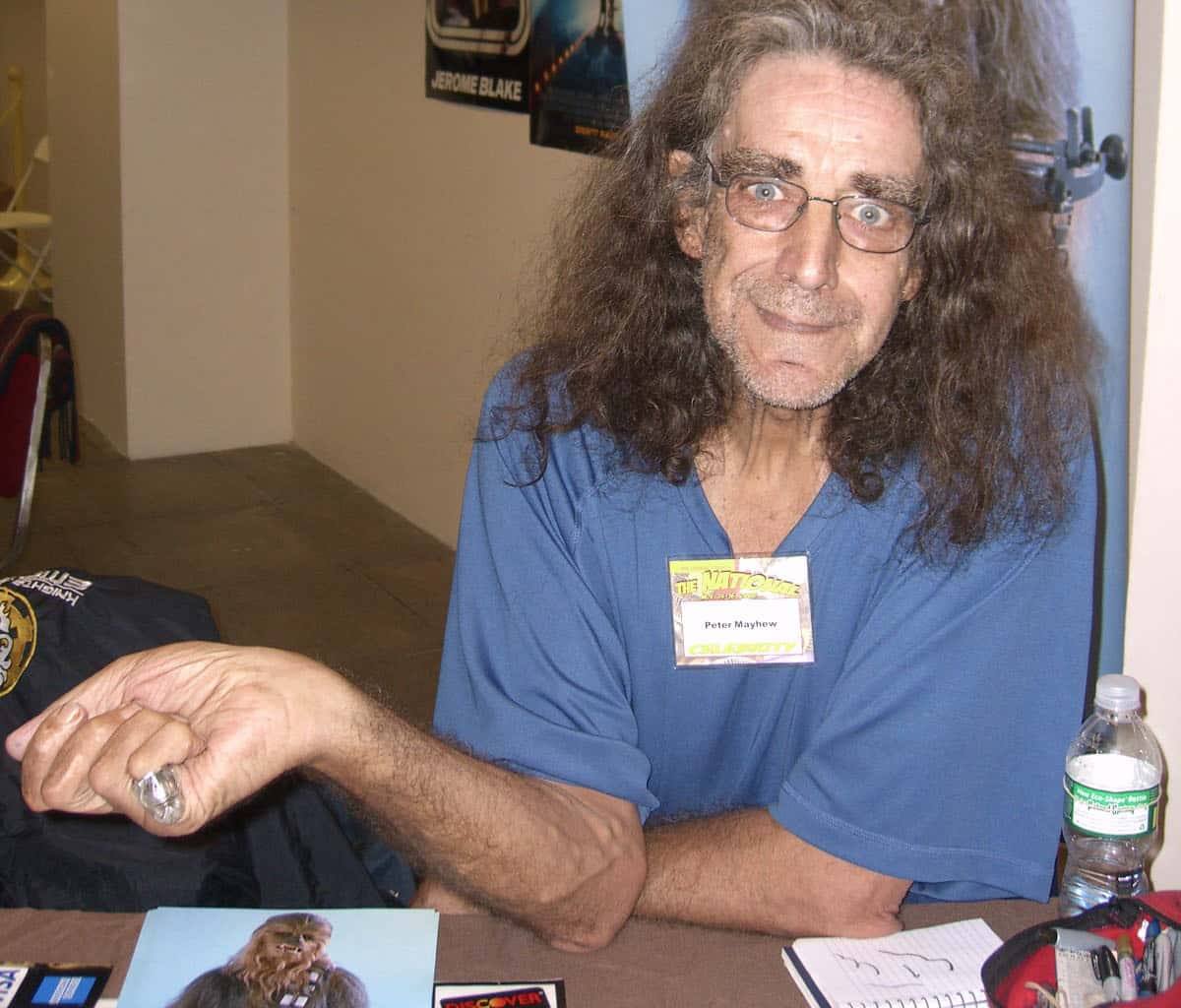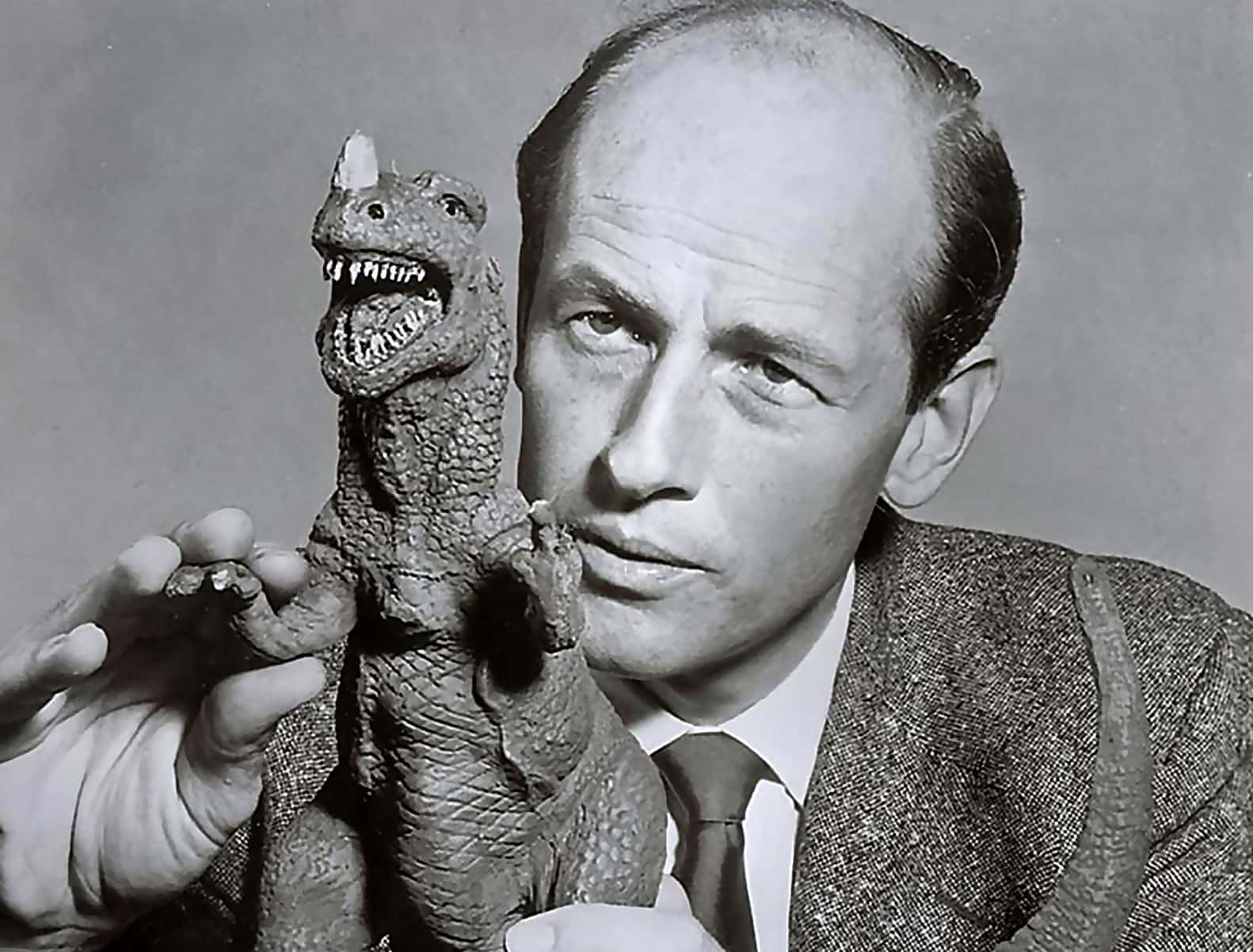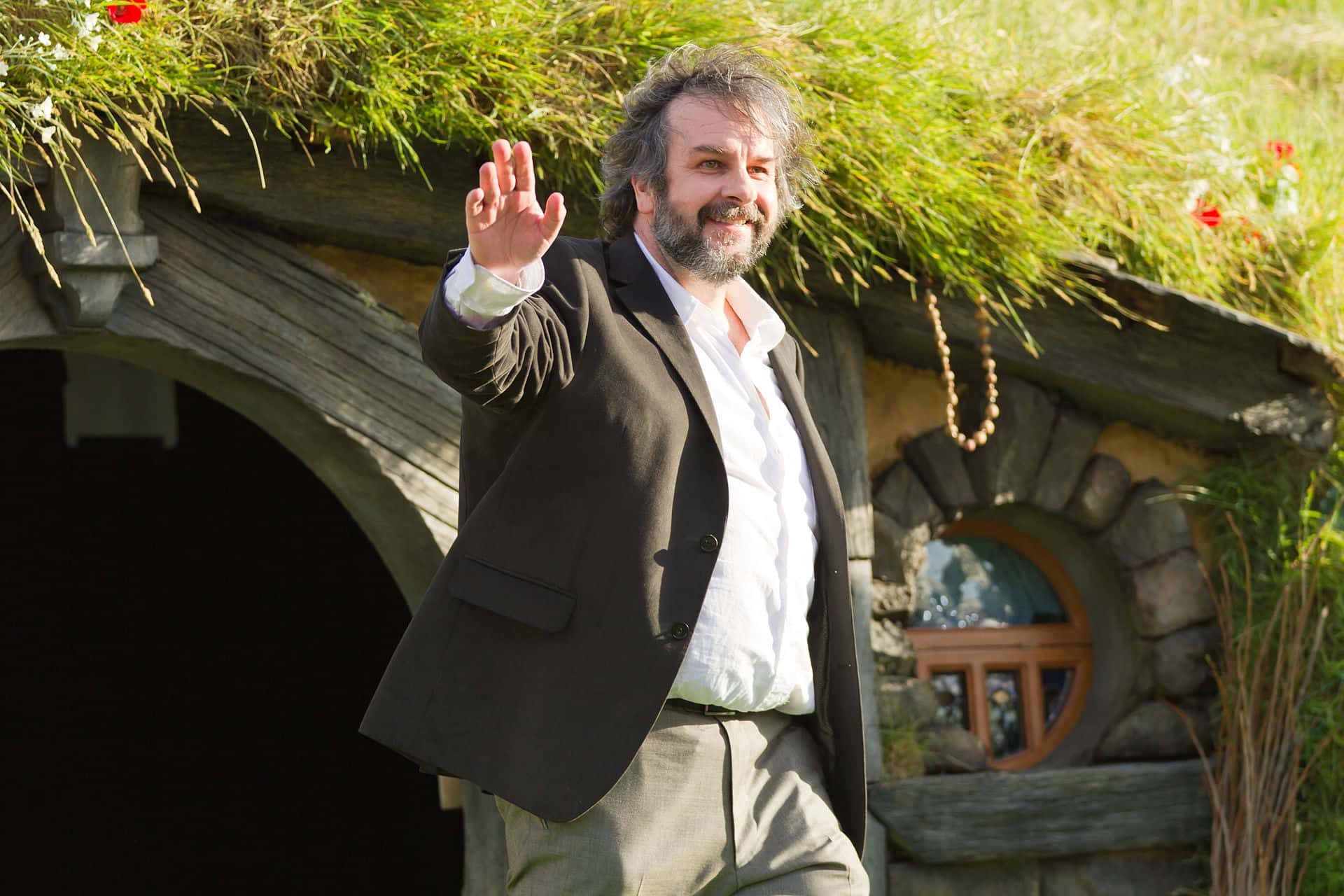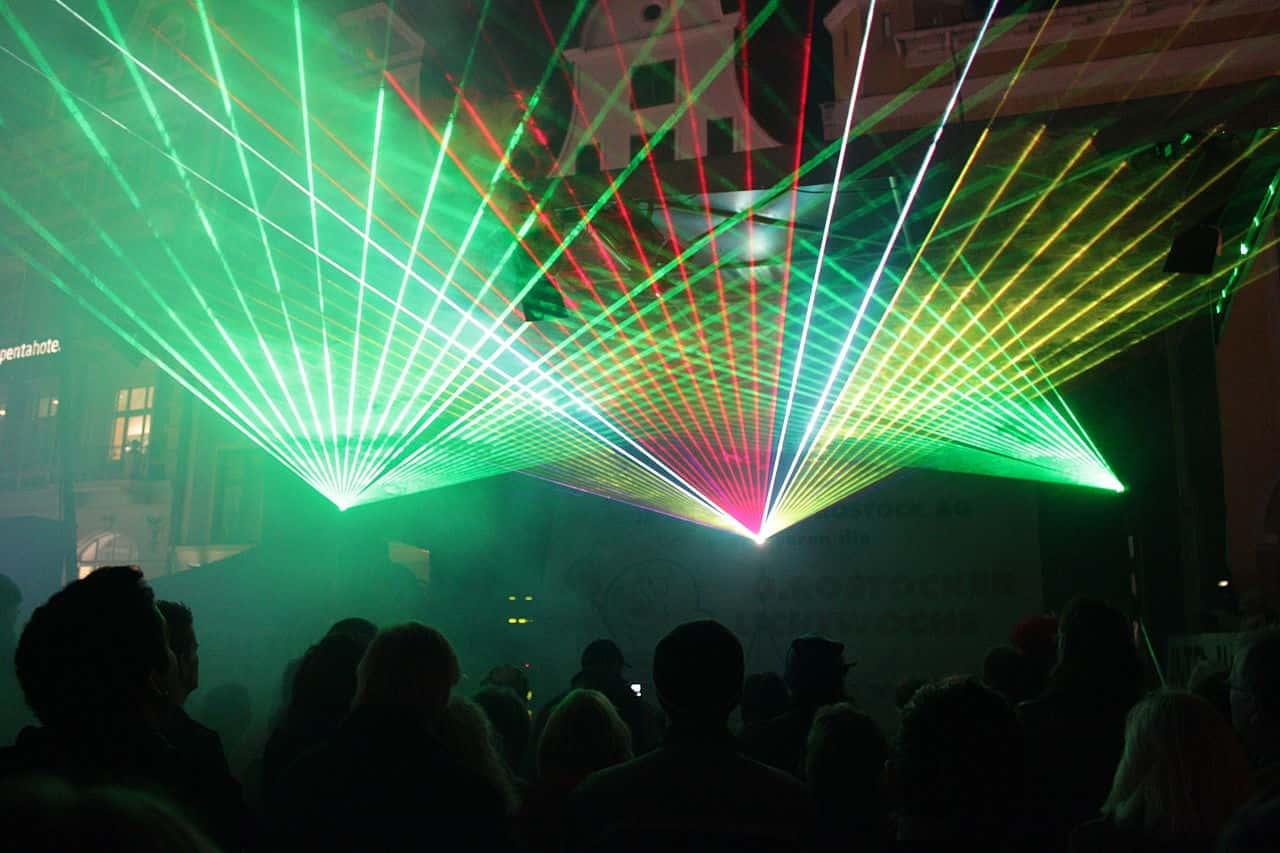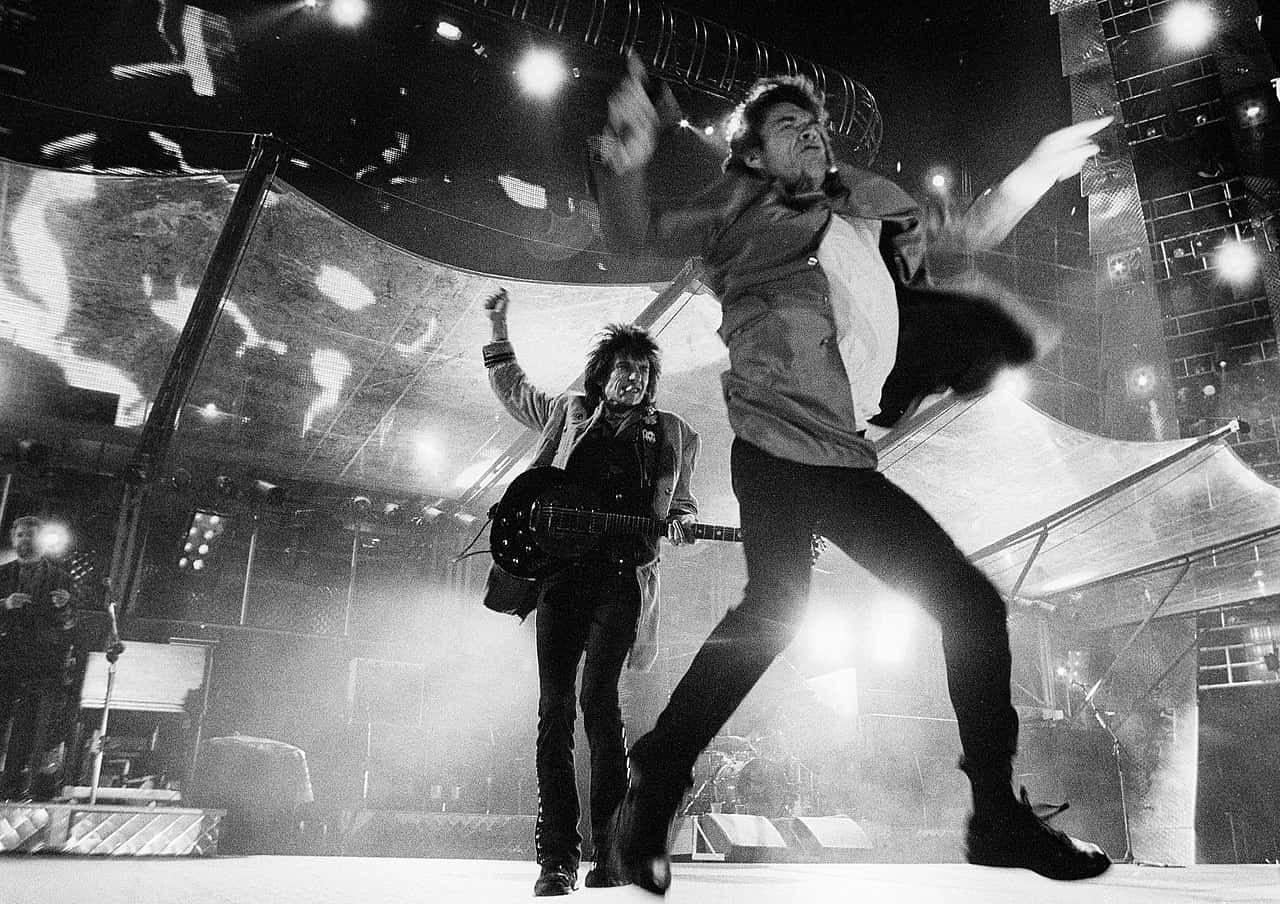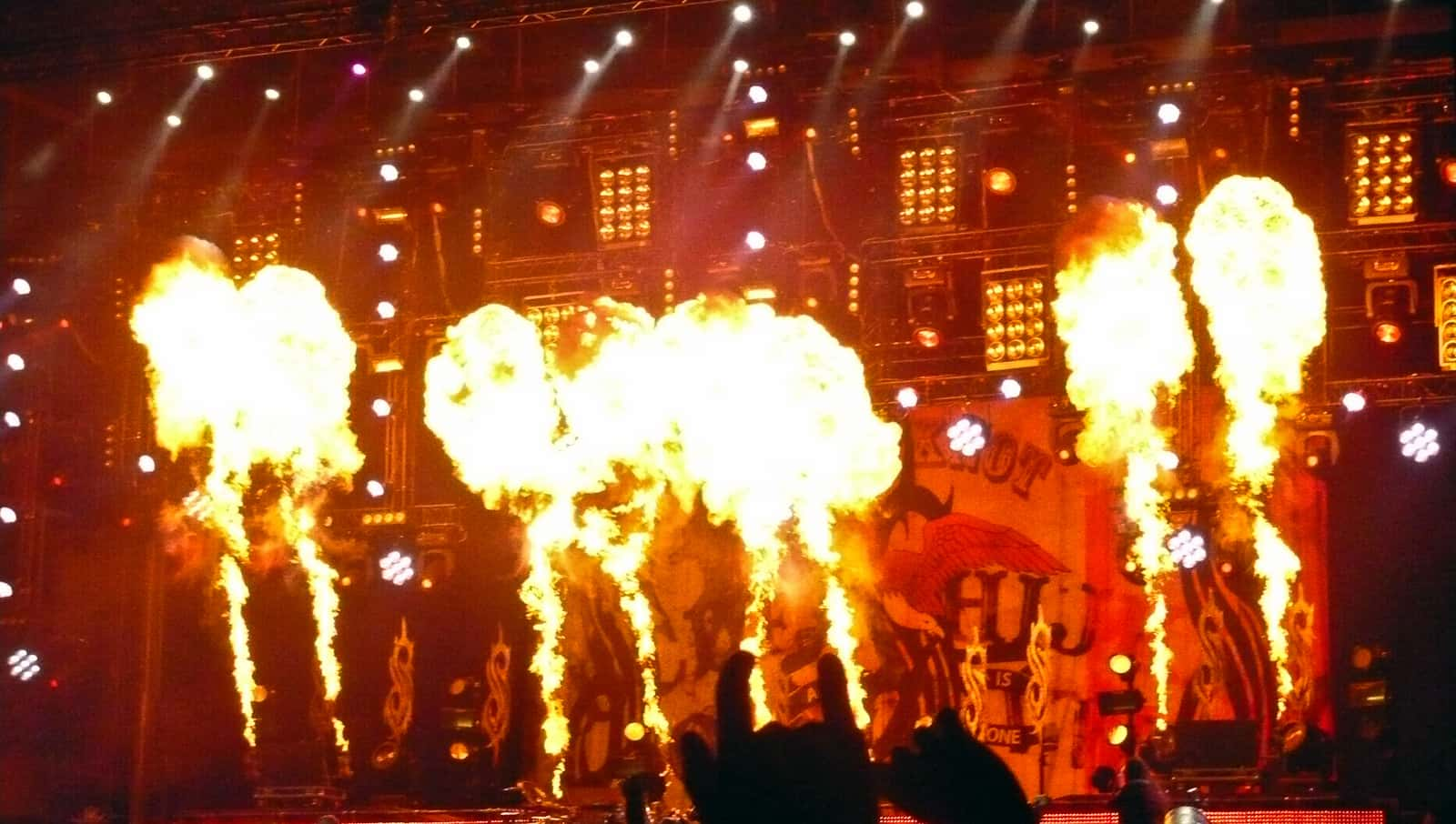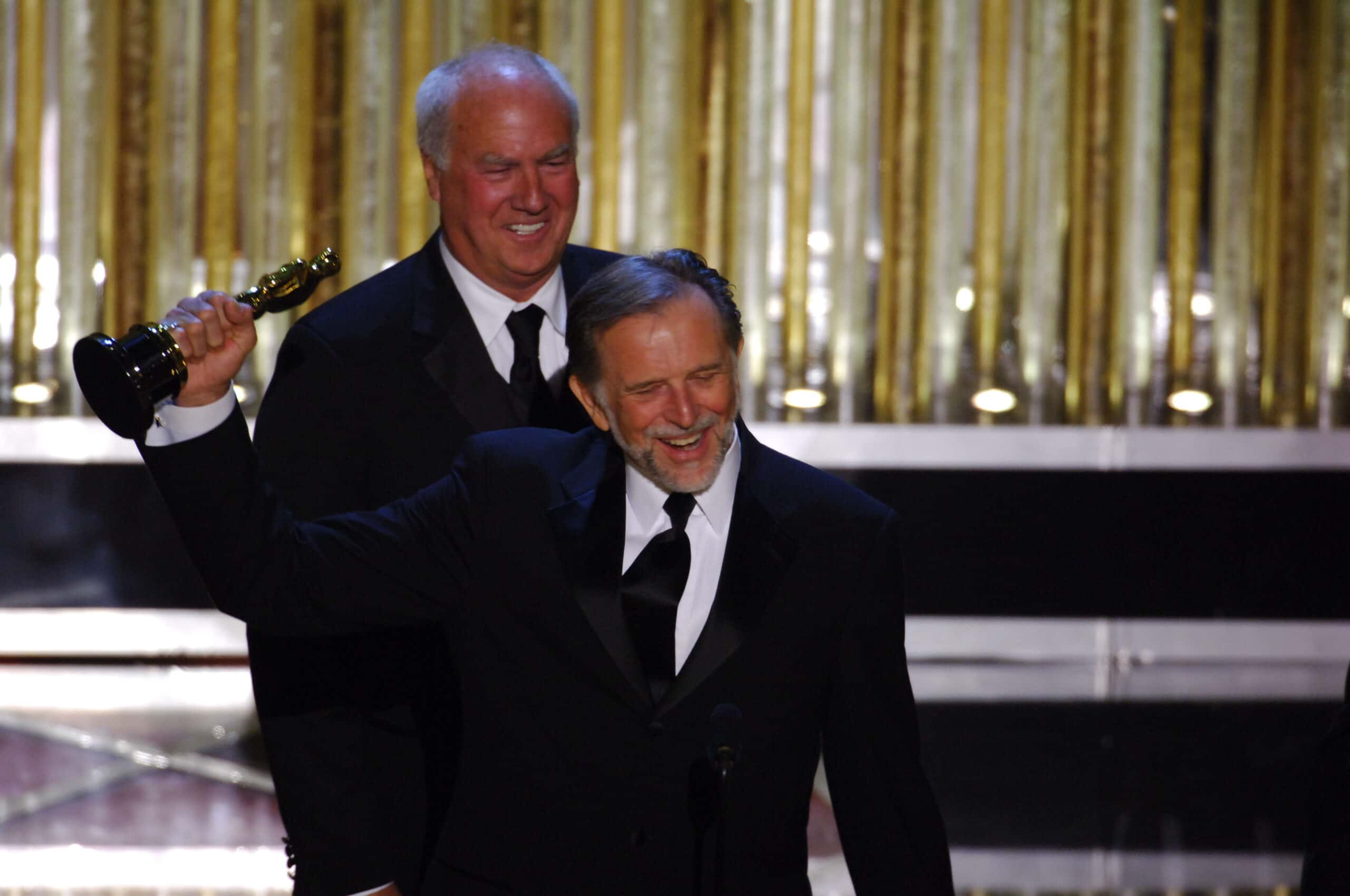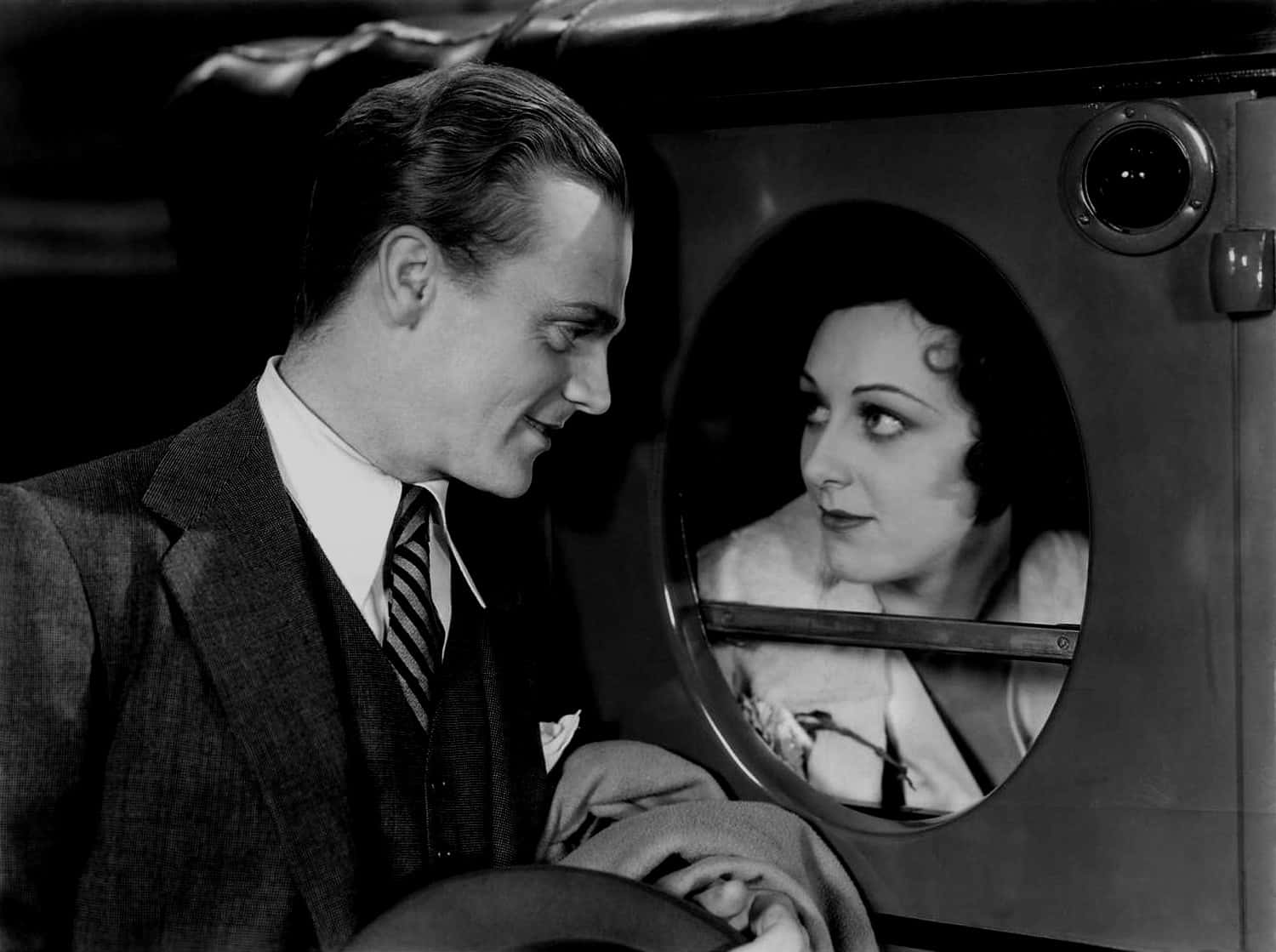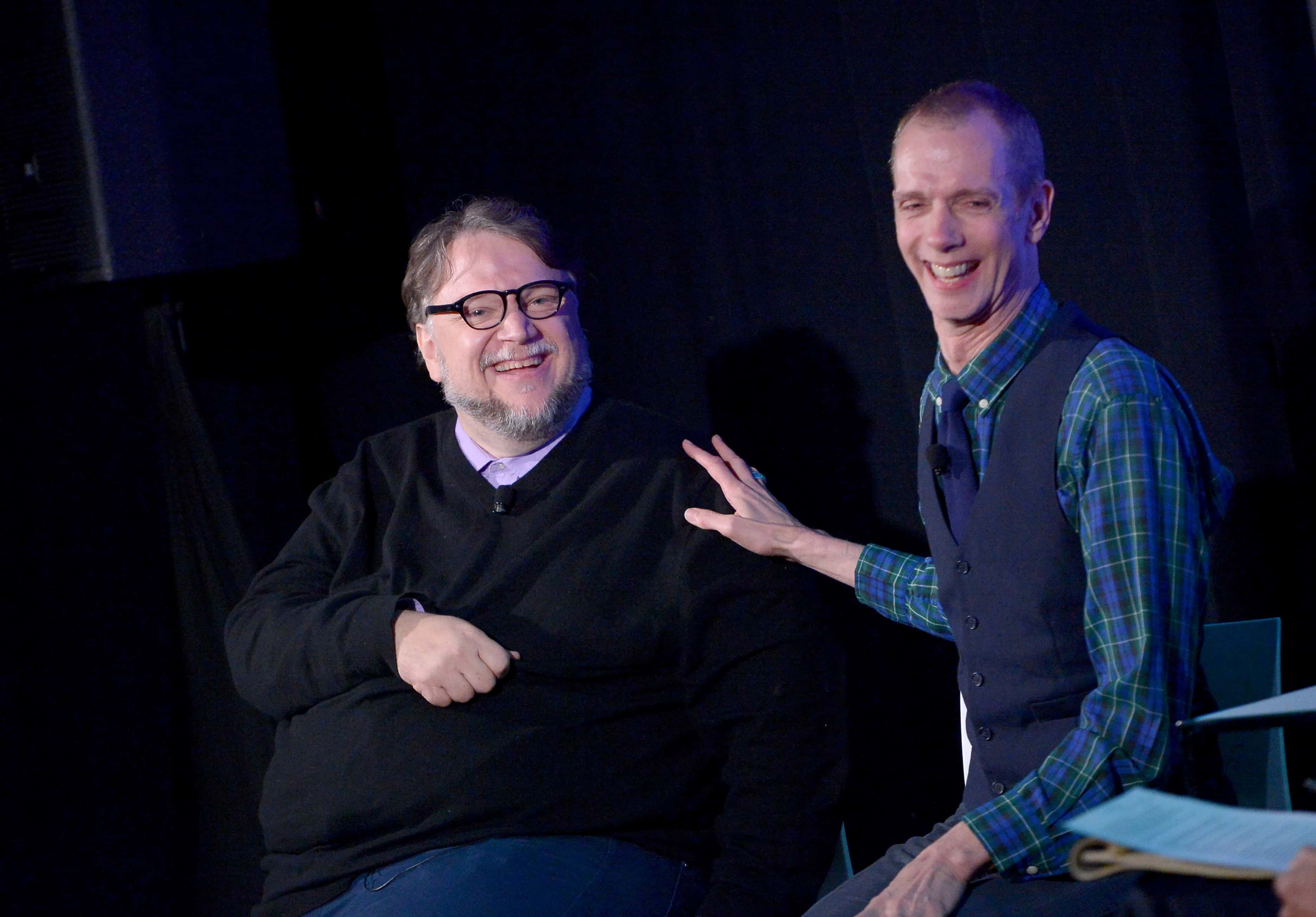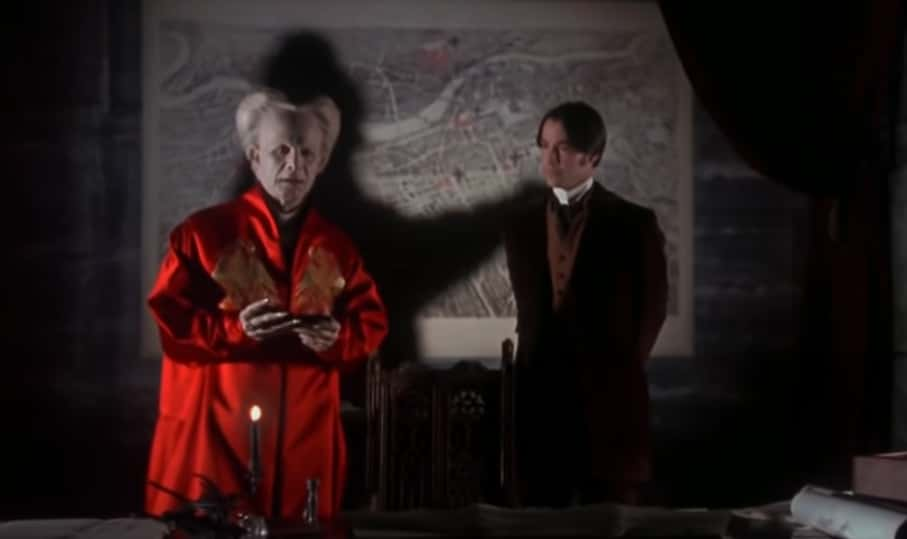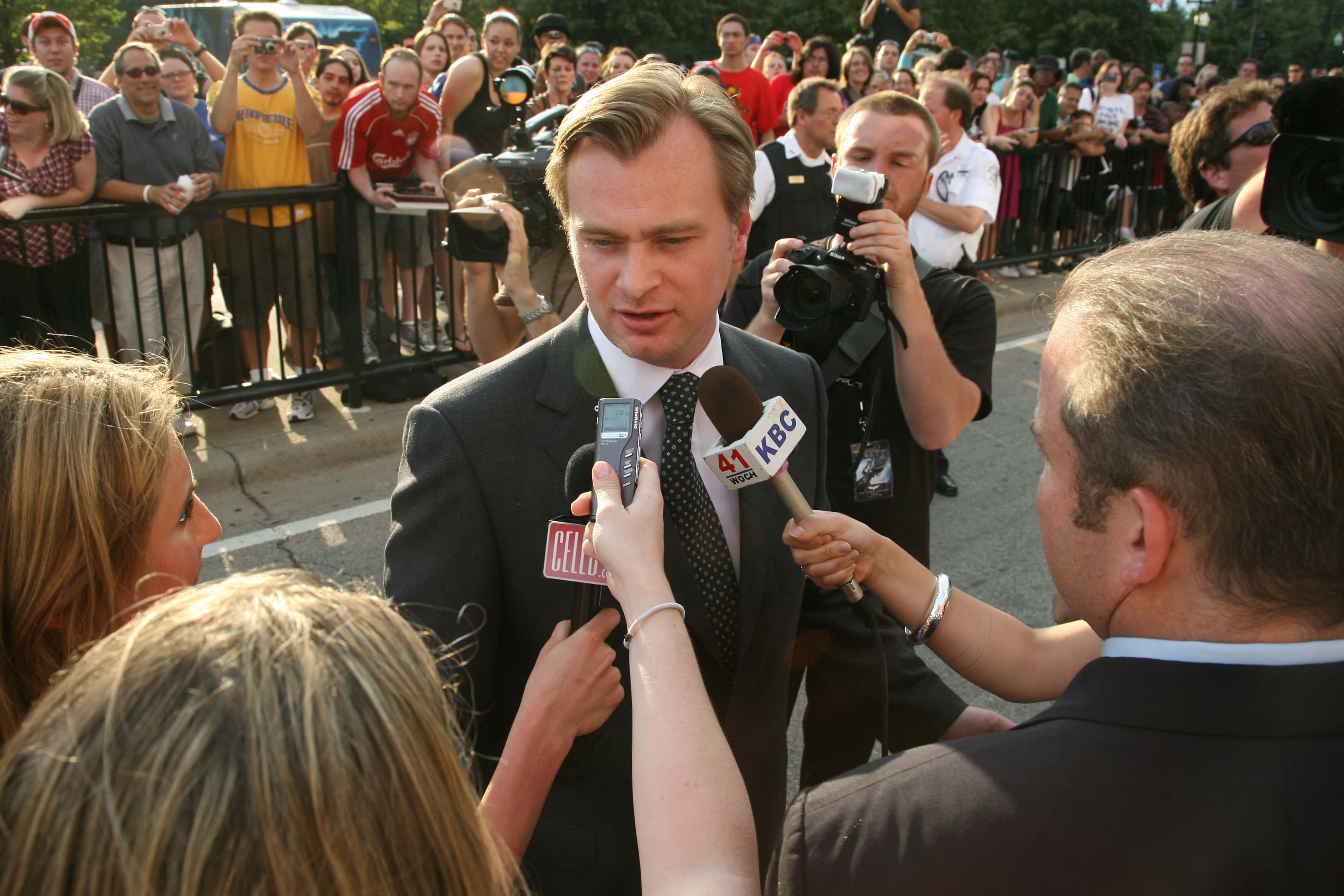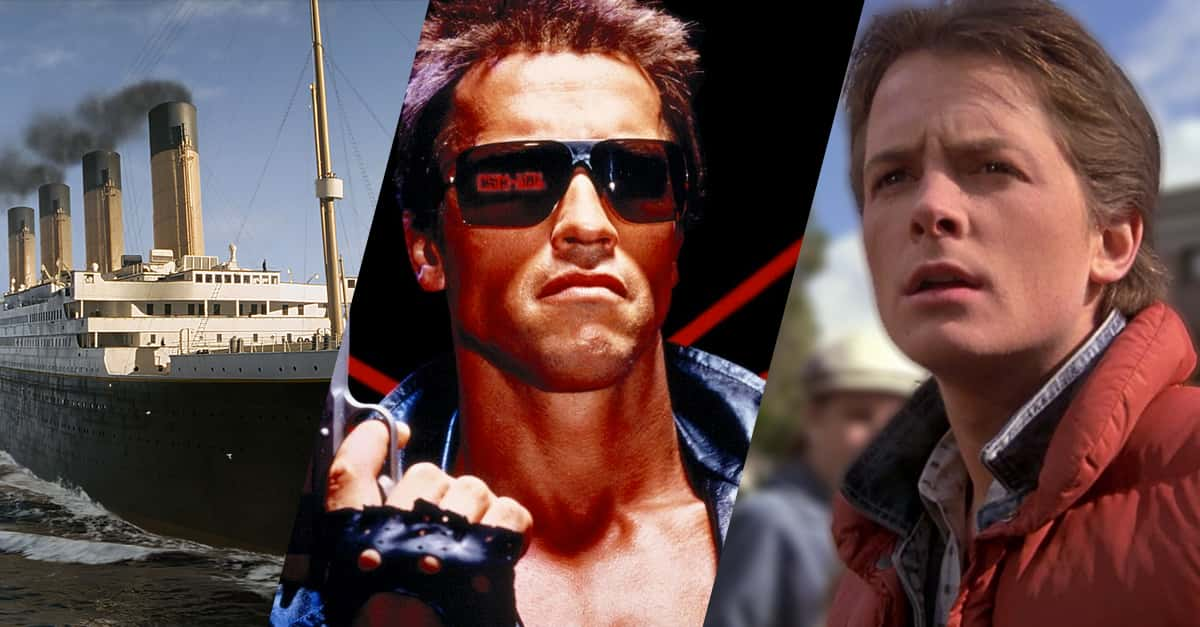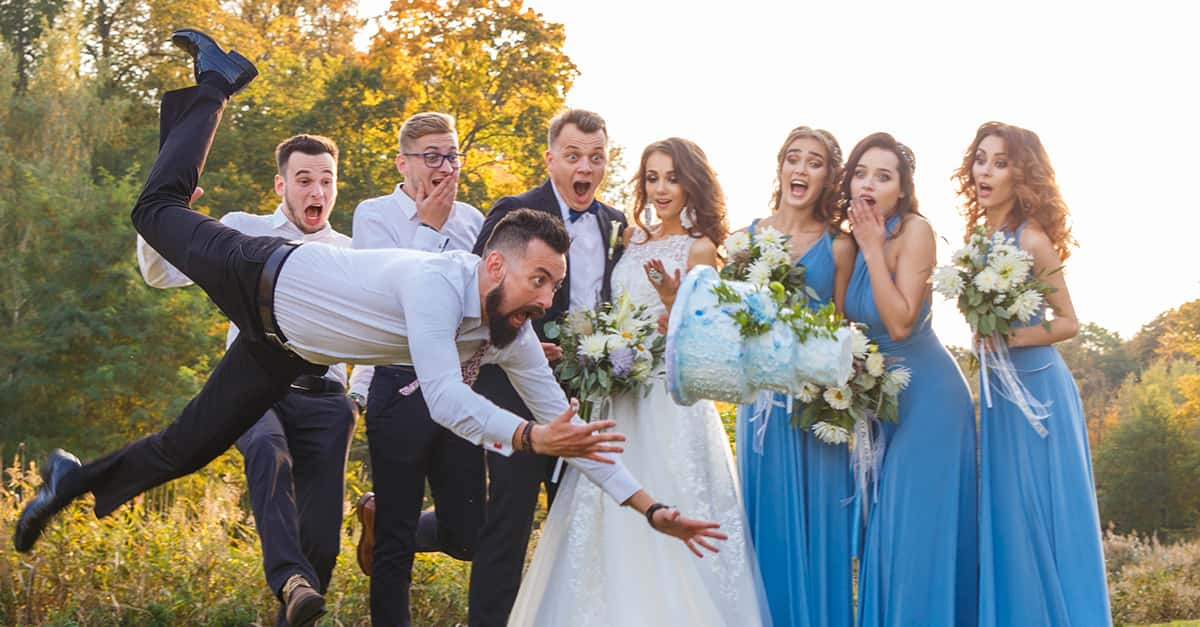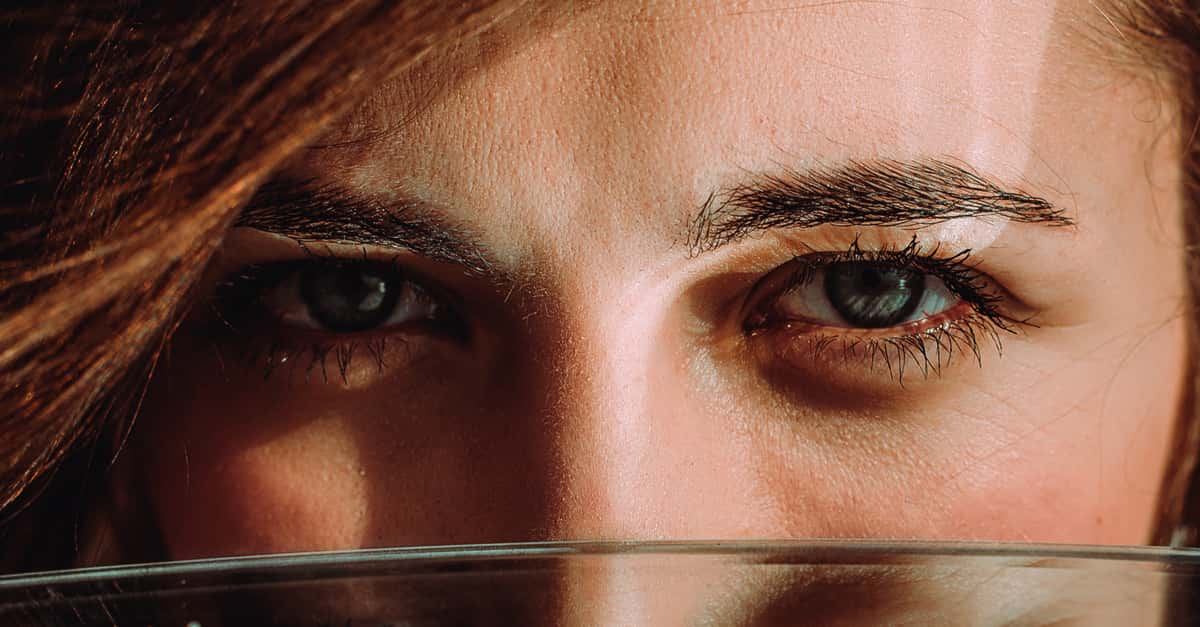Special effects have been around for far longer than most of us realize. They have been shaping stories for generations, which not only fuels our creativity, but also expands our imaginations. These 43 facts will give you a new appreciation for how large of a role special effects play in the world of entertainment.
Special Effects Facts
43. Your Grandfather’s Special Effects
The first recorded use of special effects as we know them was done in 1857 by Oscar Rejlander. He took 30 different photo negatives and combined them into a single image. This was the first example of the montage print, and has inspired college students ever since.
42. No Human Heads Were Cut During the Making of this Film
In the first noted example of special effects, an 1895 film re-enacted the execution of Mary, Queen of Scots. To achieve the effect of the beheading, they filmed the actress get into head-chopping position, then stopped shooting, had everyone else freeze where they were, and replaced the actress with a dummy before they started filming again. It was simple, yet effective.
41. Ancient History
Special effects have been around in the theatre world for almost as long as theatre itself. But people would likely be surprised at how sophisticated special effects have been, even centuries ago. Theatrical smoke and fog were allegedly used in the Globe Theater in London during the 1600s.
40. Santa Claus is Inching His Way Over to Town
Anyone who’s ever watched enough Christmas specials will know what stop-motion looks like. This is when objects are slowly physically moved during the filming process to make it look like they’re more on their own. Rankin/Bass Productions built their reputation on stop motion. Just ask Rudolph the Red-Nosed Reindeer!
39. Distinguish the Differences
Special Effects are usually divided into two categories: optical and mechanical. They are not to be mistaken for visual effects, which refers to digital post-production effects. CGI is also its own separate entity from special effects.
38. Optical Effects
Optical effects are also called photographic effects. They’re brought about with the cameras themselves. This could include the effects of multiple exposures or combining two images together to form a matte.
37. Mechanical Effects
Mechanical effects are also called practical or physical effects. They cover everything done during filming, whether it’s changing the weather, scale models, prosthetic makeup, break-away doors, basically anything that isn’t made of human flesh or computer graphics.
36. Stop Motion Sci-Fi
Stop-motion has featured prominently in famous science fiction films. Two of the Robocop movies feature the stop-motion technique at work, and the finale of the first Terminator film was done with stop motion. And for anyone who enjoyed watching the chess game in Star Wars: A New Hope, the AT-AT’s in The Empire Strikes Back, and the AT-ST’s in Return of the Jedi, you’re a fan of stop motion!
 Star Wars: Episode V - The Empire Strikes Back (1980), Lucasfilm
Star Wars: Episode V - The Empire Strikes Back (1980), Lucasfilm
35. Perfect Partnership
Once upon a time (the 90s, to be less vague), a film came out that was directed by Henry Selick and produced by Tim Burton. The film was done entirely with stop-motion animation and was a big success for both men. The Nightmare Before Christmas was, in fact, the most successful stop-motion film of its time, and it opened the door for more stop-motion films. Burton and Selick would re-team on James and the Giant Peach shortly after. Selick also made Coraline and Burton went on to make Corpse Bride and Frankenweenie.
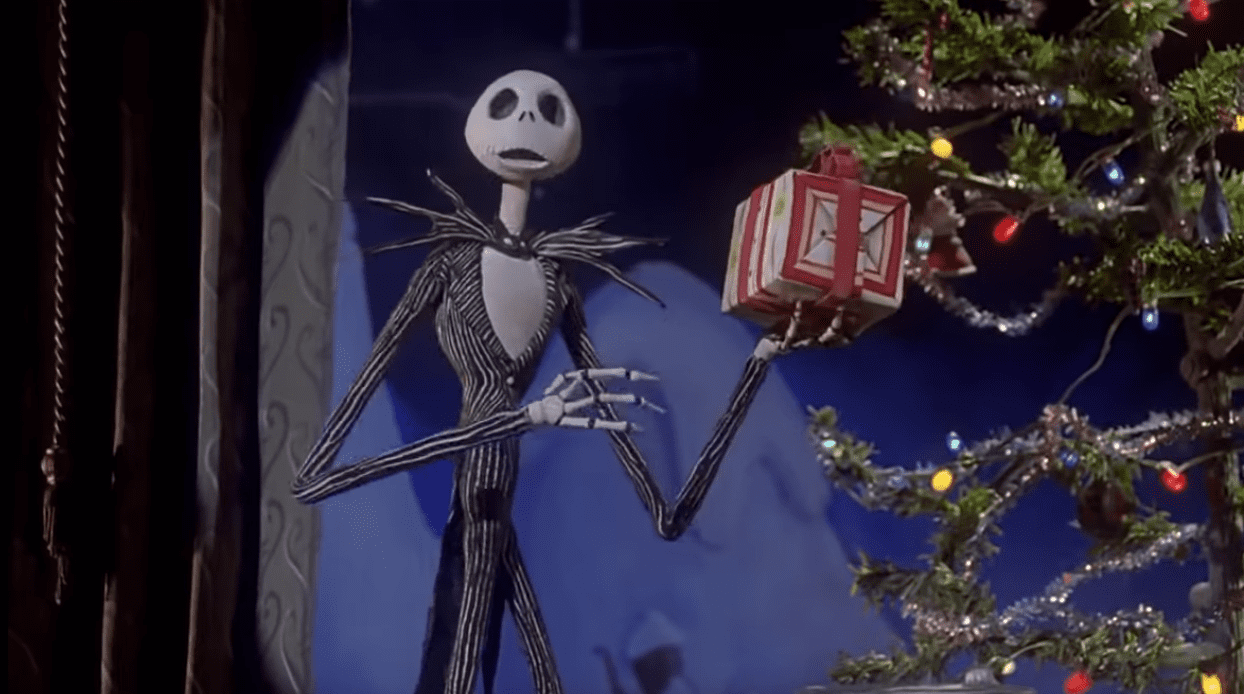 The Nightmare Before Christmas (1993), Walt Disney Pictures
The Nightmare Before Christmas (1993), Walt Disney Pictures

History's most fascinating stories and darkest secrets, delivered to your inbox daily.
34. Who Holds the Record?
As of 2018, the highest grossing stop-motion animated film is still Chicken Run, earning nearly $225 million during its theatrical run—no pun intended. The runner-up is Wallace & Gromit: The Curse of the Were-Rabbit.
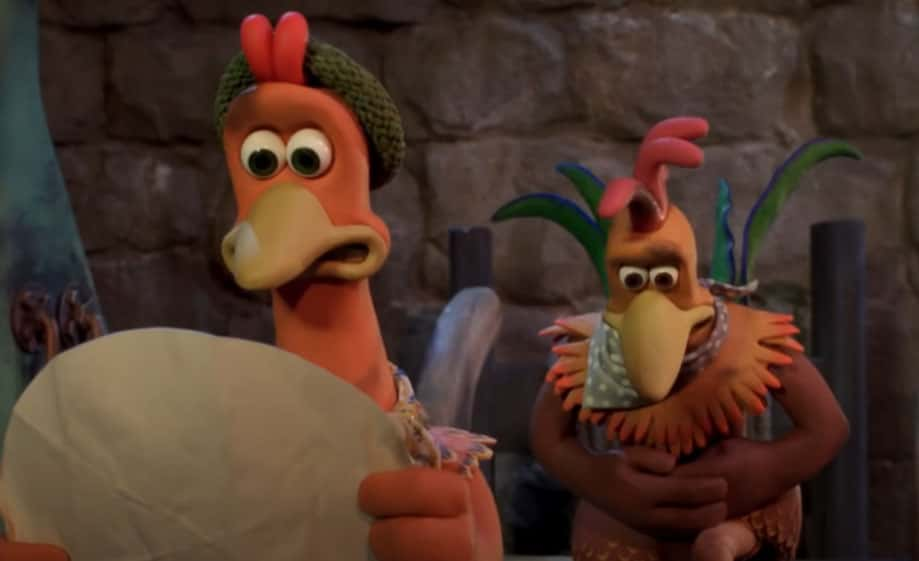 Chicken Run (2000), DreamWorks Animation
Chicken Run (2000), DreamWorks Animation
33. You’re Welcome, Darth Vader
To create the effect of the lightsaber blades in the original Star Wars films, the filmmakers used an effect called Rotoscoping. This involves taking each individual frame of film—this was before everything became digital, kids—and tracing over said frame. As one can imagine, this process would take months to finish, but it made for some awesome lightsaber fights!
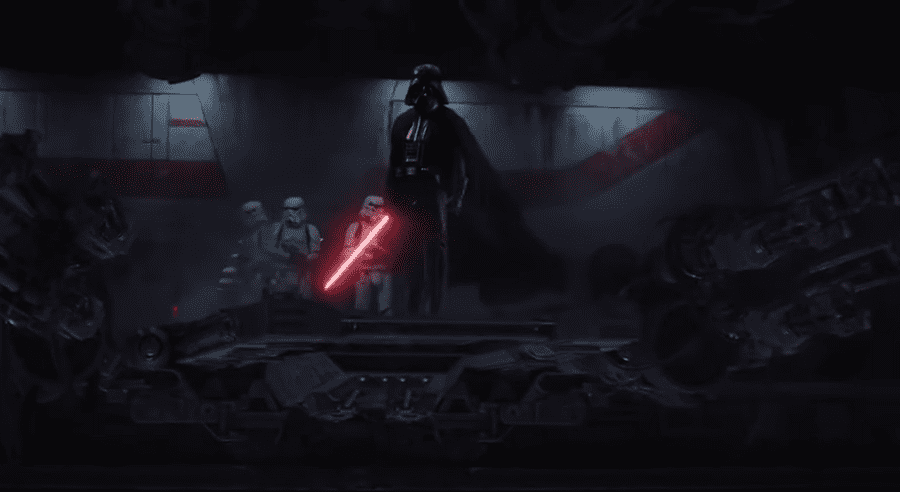 Star Wars: Rogue One,Lucasfilm Ltd.
Star Wars: Rogue One,Lucasfilm Ltd.
32. The Rise of CGI
From the 1990s onwards, computer-generated imagery has been used more and more frequently in film and television. This has had a profound effect—no pun intended—on how movies are made. Many people defend traditional special effects, while others point to the cheaper, safer method of CGI as superior.
31. Early Experiments with Eadweard
One of the pioneers of photography was Eadweard Muybridge. In the 1870s, he was asked to prove whether a horse had all four of its hooves off the ground while trotting—to quote David Mitchell, this is how bored people were before television. Muybridge arranged twelve cameras to photograph a galloping horse into a sequence of shots that captured the horse’s movements. Muybridge continued to perfect this experiment until 1884, and he proved that horses do have all four hooves off the ground while running. No source on how much he won from the bet, however.
30. The Dominoes Begin to Fall
Muybridge’s photographs of the horse in motion were eventually turned into an animated sequence. Not only did this allegedly inspire Thomas Edison to go into motion pictures, but the results of multiple cameras capturing a sequence meant you could create a hyper slow-motion sequence. This led to what we know today as the bullet time effect.
29. A+B= C
Slow motion during gunfights has been used in many films over the last 50 years, particularly Sam Peckinpah’s explosive western The Wild Bunch. In 1998, Blade depicted a slow-motion sequence with CGI bullets to portray a superhuman ability. These effects were combined and perfected by The Matrix, which is where many people saw the bullet time effect for the first time, and the second, and the 10th or so time (it was a popular movie).
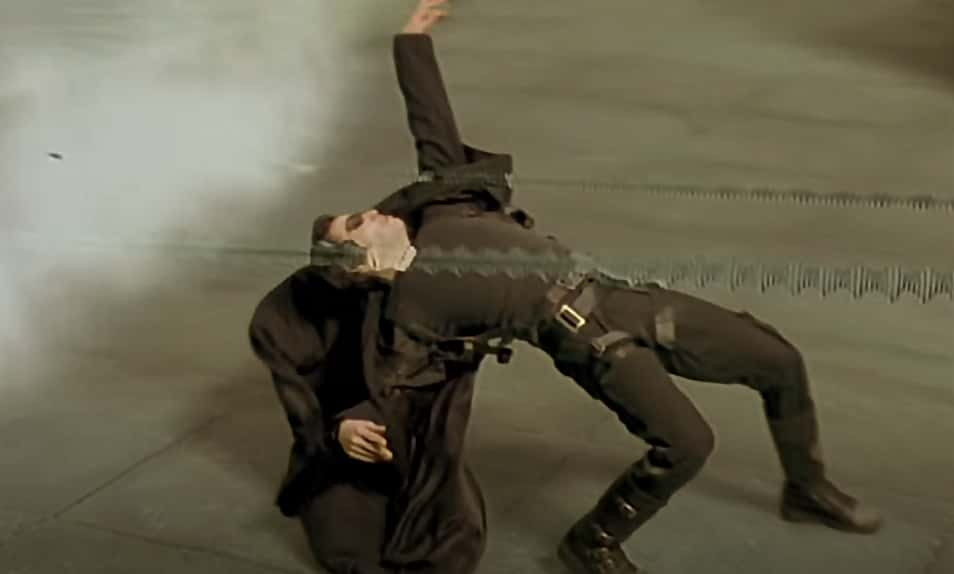 The Matrix (1999), Warner Bros.
The Matrix (1999), Warner Bros.
28. Hello Dolly!
One trick you’ve probably seen in films a lot is the dolly zoom. This is when a camera zooms in on a person or object at the same time as the camera is moving toward or away from said object. It keeps the subject in the same spot while everything else in the background changes.
27. Notable Examples of Dolly’s Work
The dolly zoom was first used in Alfred Hitchcock’s Vertigo. The idea was to show the main character’s terror of heights affecting his vision. Later, it was used in the film Jaws to portray a character’s shocked realization that there’s a shark in the water. Other movies that use the dolly zoom are Goodfellas, Road to Perdition, and Body Double.
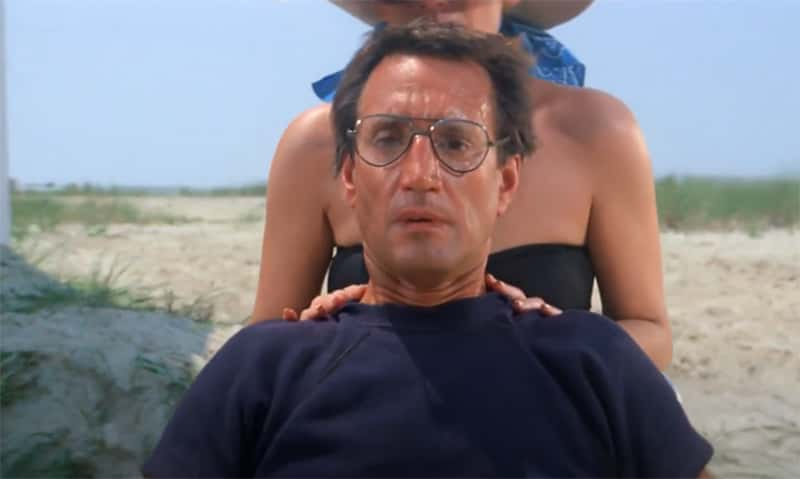 Jaws (1975), Universal Pictures
Jaws (1975), Universal Pictures
26. The Right Place at the Right Time
Before we had the green screen, there was the Schüfftan process. Named after Eugen Schüfftan, the idea is to use mirrors to film actors and insert them into a miniature. This way, it looks like the miniature is actually life-size. While the process is named after him, though, there’s evidence that Schüfftan wasn’t the inventor, just the guy lucky enough to be noticed using the technique.
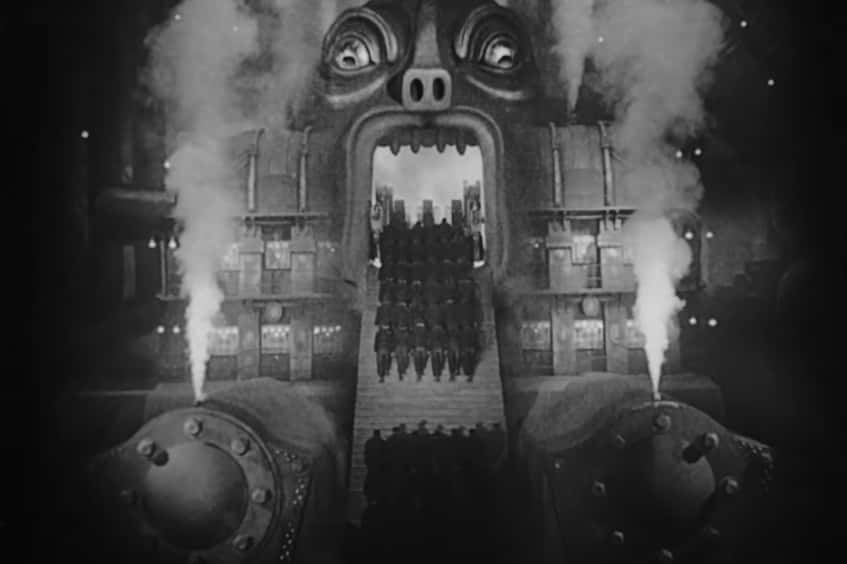 Metropolis (1927), Universum Film
Metropolis (1927), Universum Film
25. Schüfftan’s Screen Credits
One of the first times that a film used the Schüfftan process was Fritz Lang’s Metropolis. Alfred Hitchcock used the process in his films Blackmail and The 39 Steps. Even after bluescreen took over, the process was being used as late as Peter Jackson’s Lord of the Rings: Return of the King.
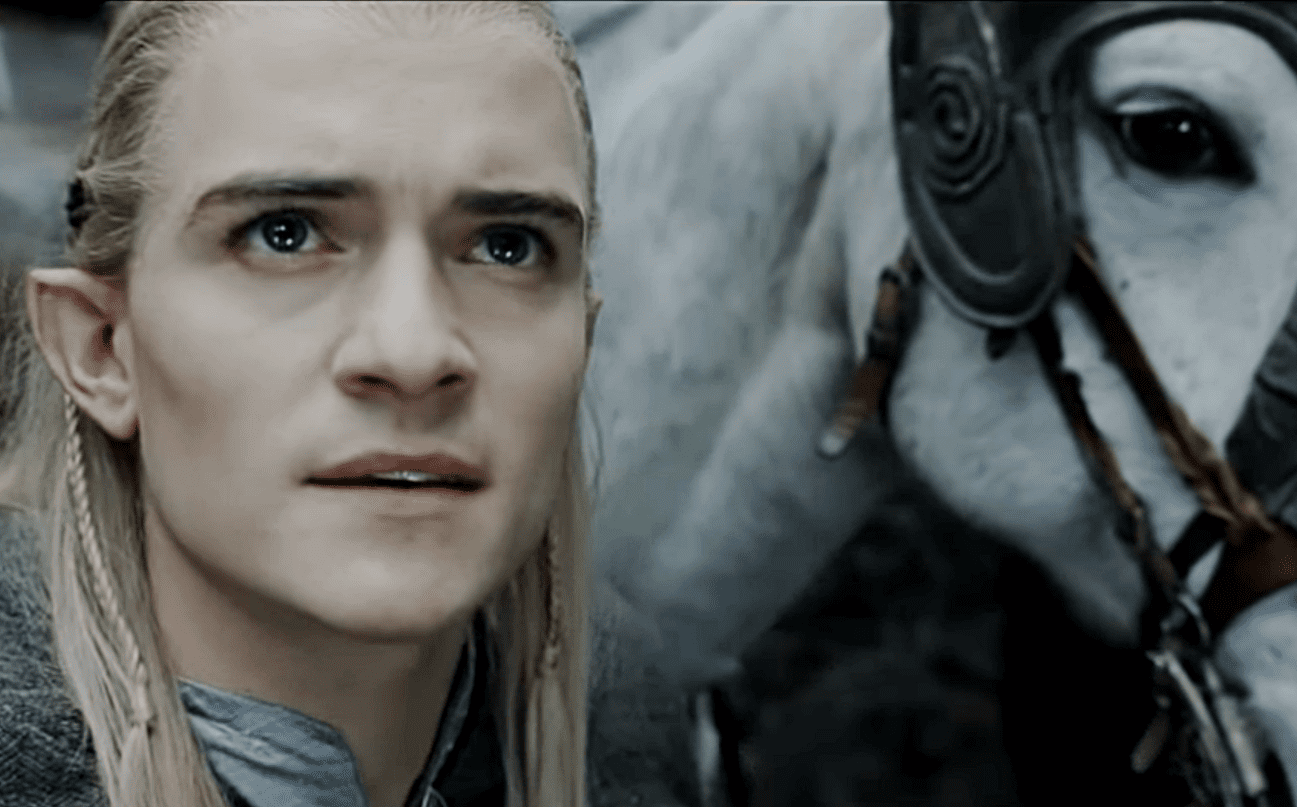 LOTR: The Return of the King (2003), New Line Cinema
LOTR: The Return of the King (2003), New Line Cinema
24. Going to the Matte
Matting, or matte filmmaking, is the classic special effect of taking two or more image elements and combining them into one final image. Many films use this process to create more elaborate backgrounds than they’d be able to do otherwise. The old process was helped by computers as technology got better.
23. Floating Fantasy
To depict the weightlessness of space in his visual masterpiece 2001: A Space Odyssey, Stanley Kubrick attached his actors to wires hanging from the top of the sets, while placing the cameras at angles which hid the wires from sight.
22. The Birth of the Rotoscope
Invented by Max Fleischer way back in 1915, rotoscoping was first used in Fleischer’s animated series Out of the Inkwell, which blew everyone’s mind as to what could be done on film. Fleischer made much use of his technique, and when his patent expired in 1934, others immediately jumped on the bandwagon once they didn’t have to pay for it.
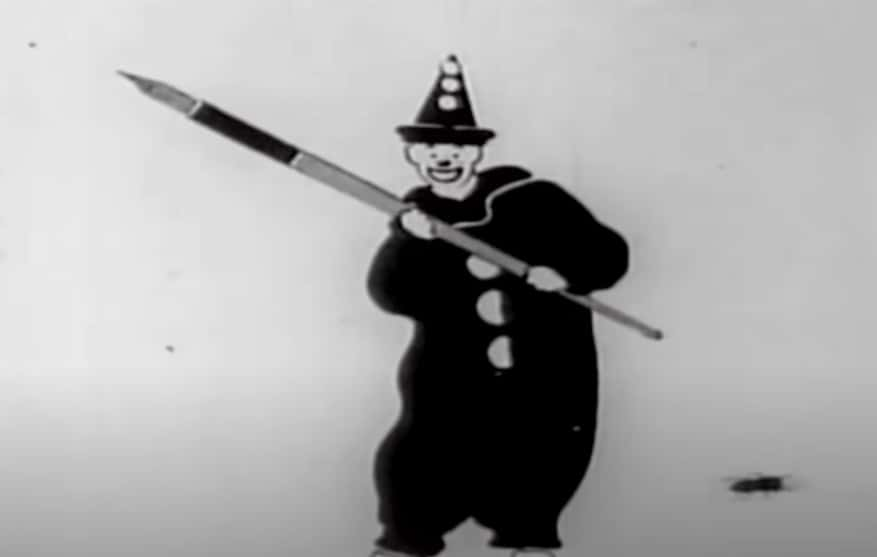 Out of the Inkwell (1918), J.R. Bray Studios
Out of the Inkwell (1918), J.R. Bray Studios
21. A Long Road to Toon Town
The Disney film Who Framed Roger Rabbit was responsible for revitalizing the Disney company’s reputation for the way it combined live action and animation. The process took a long time, however. While physical filming took just over seven months, the post-production step of adding in the animation took 14 months!
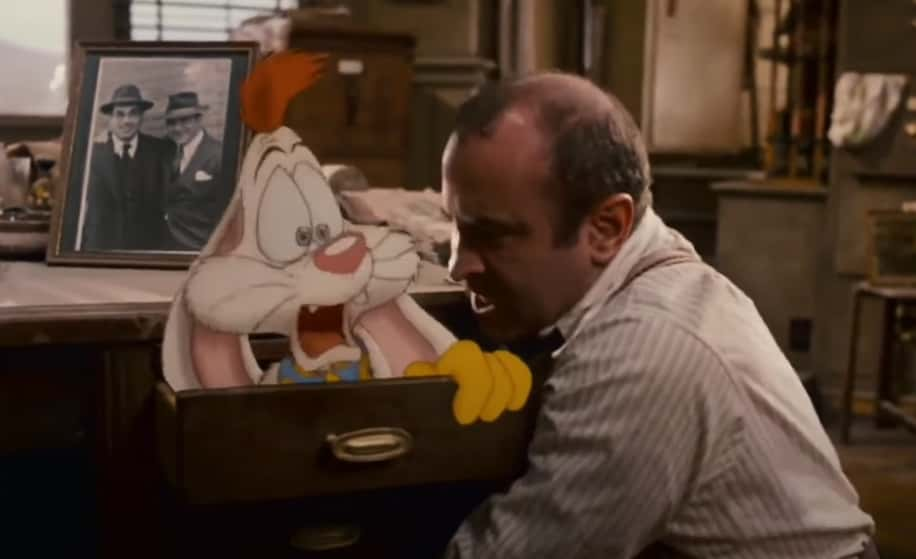 Who Framed Roger Rabbit (1988), Touchstone Pictures
Who Framed Roger Rabbit (1988), Touchstone Pictures
20. That’s a Flawed Fish!
During the production of Steven Spielberg’s classic film Jaws, three full-size prop sharks were built to portray the title villain of the film. More than 40 technicians were involved in making these monstrosities and their construction caused the budget to skyrocket. The problem was that they kept breaking down in the water. This forced Spielberg to film many scenes without the shark using camera angles to hide where the shark would be, and even filming scenes from the shark’s point of view. This ironically lead to a ground-breaking way of filming a monster movie.
19. Don’t Look Too Closely
The miniature effect is the trick of using scale models and using camera angles and lighting to convince the audience that they’re looking at something life-size. This was used in all kinds of films until improved computer effects became a viable alternative.
18. Sadly, He Didn’t Work on Titanic
Pat McClung is a two-time Oscar-nominated visual effects artist who specializes in making scale models for film. Aside from the classics Ghostbusters, Star Wars Episode V, and Die Hard, McClung worked with James Cameron three times on Aliens, The Abyss, and True Lies, which got him one of his two nominations.
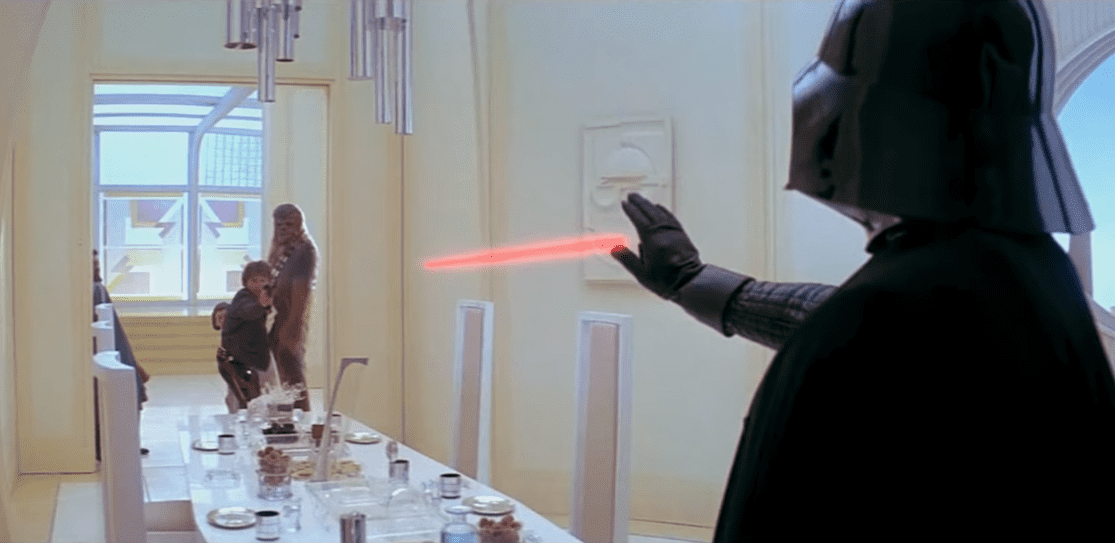 The Empire Strikes Back,Lucasfilm
The Empire Strikes Back,Lucasfilm
17. His Claim to Fame
There are a few advantages to being 2.18m (7’2”) tall, and Peter Mayhew found one of those advantages very quickly when he was introduced to George Lucas. Mayhew remarked that all he had to do to convince Lucas to cast him was stand up from his chair when they first met. He has gone on to embody the beloved alien Chewbacca in nearly all of the Star Wars films where Chewbacca makes an appearance. It is one of Mayhew’s only credited roles in film or television.
16. From Myth to Film
One of the great pioneers of special effects was Ray Harryhausen. He pushed the limits of animation, visual effects, and miniatures in ways that inspired generations after him. One of his most famous moments in film was a scene in Jason and the Argonauts, where the hero has a swordfight with seven skeleton warriors. The scene was done with stop-motion and took four months to complete.
15. Now THAT’S a Crossover!
Did you know that the Marvel films get their visual effects from the same company that produced Lord of the Rings? Weta Digital is a digital visual effects company based in New Zealand that was co-founded by Peter Jackson. They’ve also worked on Avatar, District 9, CHAPPiE, and Disney’s live-action (see: CGI adaptation) of The Jungle Book.
14. Not the Eyes! Not the Eyes!
Almost any concert-goer has been to at least one music show where the band used a laser show to go along with their performances. As awesome as the special effect looks, laser lighting must be strictly regulated. Not only are the lasers a risk to the audience’s eyes, but in the case of outdoor concerts, the lasers are even a risk to planes flying overhead, if one of them manages to blind the pilots.
13. Oh, Those Rock Music Rascals…
The origins of laser lighting belong, as so many strange things do, in the 1970s. Interestingly, the lasers were originally the main attraction; music was either added with a band or was just pre-recorded. It didn’t take long for established bands to add lasers to their own shows, though; among the first ones to do it were The Who, The Rolling Stones, Genesis, Led Zeppelin, and, perhaps most obviously, Electric Light Orchestra.
12. Greek Fire
One of the staples of a rock concert is the use of pyrotechnics. Making use of explosions, fireworks, flames, and flashes all fall under the term pyrotechnics. The term comes from the Greek words pyro (fire) and tekhnikos (made by art).
11. Fired Before His Time
John Dykstra was hired by George Lucas to lead the special effects team on his new film Star Wars, as it was called before Lucas decided it was the fourth episode. Dykstra was behind the motion-controlled camera which helped create many of the most memorable shots in the film. Unfortunately, Lucas and Dykstra argued fiercely behind the scenes, leading to his dismissal. Luckily, that didn’t stop Dykstra from winning an Oscar for his work on Star Wars, and he went on to have a hugely successful career, working on Battlestar Galactica, Firefox (not the web browser, kids), and Spider-Man 2.
10. What Do We Want? More Bulletproof Vests!
In the early years of cinema, the desire for authenticity led to some highly questionable decisions being made. According to James Cagney, several of the gangster films he worked on featured people firing live rounds on film, often putting actors in serious risk of being shot. Cagney was later involved in forming the Screen Actors’ Guild, which was devoted to protecting actors from such life-threatening risks as a crazy director saying “Forget special effects, let’s literally shoot this movie!”
9. Saving a Bundle and Making a Spectacle
One of the most important elements of Darren Aronofsky’s The Fountain is its incredible visuals and special effects. When he realized his budget was too small for all the computer graphics he’d need, Aronofsky turned to other ideas. He hired macro photographer Peter Parks. Parks was used to photographing microorganisms in 3D, so he applied the same principles to create footage for The Fountain. The incredible effects to portray outer space were done for a mere $140,000 as opposed to the millions that CGI would have cost.
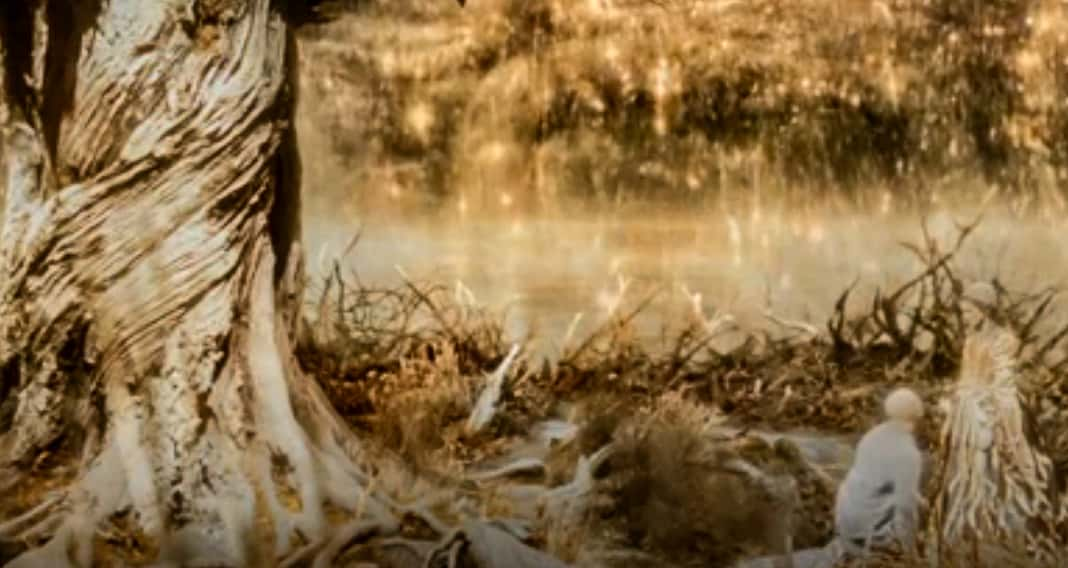 The Fountain (2006), Warner Bros.
The Fountain (2006), Warner Bros.
8. So What am I Wearing This Time, Guillermo?
Doug Jones is a 1.9m (6’3”) tall actor and has made a career out of getting into elaborate costumes, especially for Guillermo del Toro. Among his many roles, he’s portrayed the Pale Man and the Faun in Pan’s Labyrinth, Abe Sapien in the Hellboy movies, and the title character in The Bye Bye Man. Recently the film The Shape of Water, featuring Jones as a marine humanoid, won Best Picture and Best Director for del Toro at the Oscars.
7. The Man Who Invented a Category
Rick Baker is one of the most well-known make-up artists in the film industry. His work has been used in such films as Star Wars, King Kong, The Exorcist, Videodrome, Men In Black, The Ring, and How the Grinch Stole Christmas. But it was his work on An American Werewolf in London which caused the Academy Awards to create a whole new category for Make-Up effects just so Baker could get a golden statue for his efforts. As of 2018, Baker has won that award seven times.
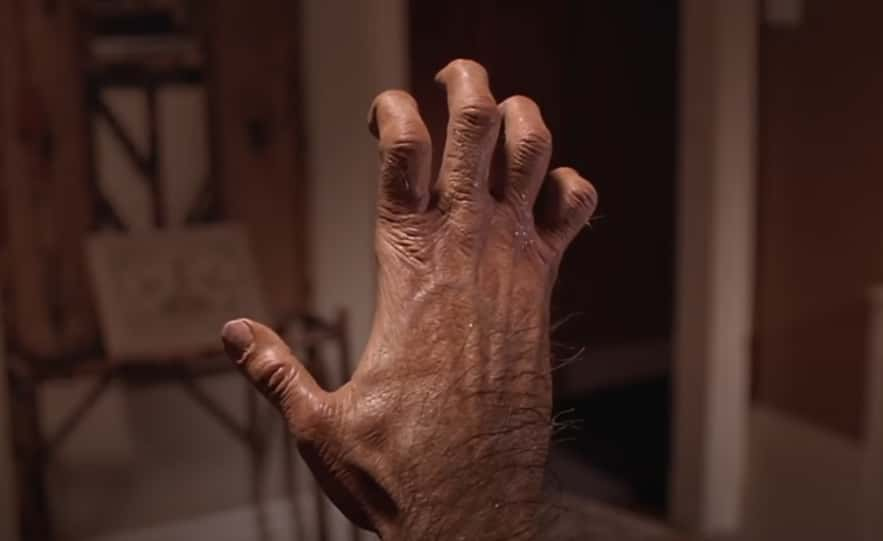
6. Just Like Old Times, Sonny!
In the early 1990s, Francis Ford Coppola directed an adaptation of Bram Stoker’s classic tale Dracula. He made it clear that he didn’t want any CGI in his film, as he thought it looked too cheap—which, one could argue, he was right about. Have you seen '90s CGI recently? When the special effects team that he hired said what he wanted was impossible, Coppola fired them and had his son, Roman, take care of the special effects. What followed was an exercise of forced perspectives, rear projections providing the background behind the actors, and matting to create timeless effects that held up, as the film’s huge box office return would prove.
5. Lord of the Special Effects
The original Lord of the Rings trilogy features some of the most effective combinations of digital effects, practical effects, and makeup. To portray the variously sized characters of men, elves, dwarves, and hobbits, a variety of tricks were used. Forced perspectives meant that the Elijah Wood (Frodo) was far away from Ian McKellan (Gandalf) but the camera angle made it look like Wood was 4 feet tall. To keep up the illusion for when Gandalf is visiting Frodo’s home, two versions of the set were built to depict both the characters and the two images were later combined to make it look like they were in the same room!
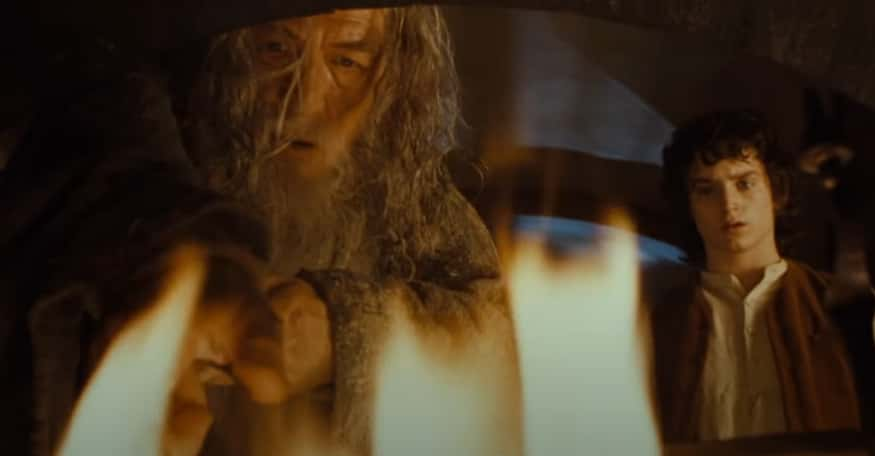 LOTR: The Fellowship of the Ring (2001), New Line Cinema
LOTR: The Fellowship of the Ring (2001), New Line Cinema
4. Let’s Burn the City to the Ground!
You might have thought that the wall of flame bursting through New York City in Independence Day might have been computer graphics. You would be wrong; the filmmakers build a model of the city and put it on its side. On the top end was the camera, on the bottom was the source of the fire. Filmed just right, it made for a convincing special effect.
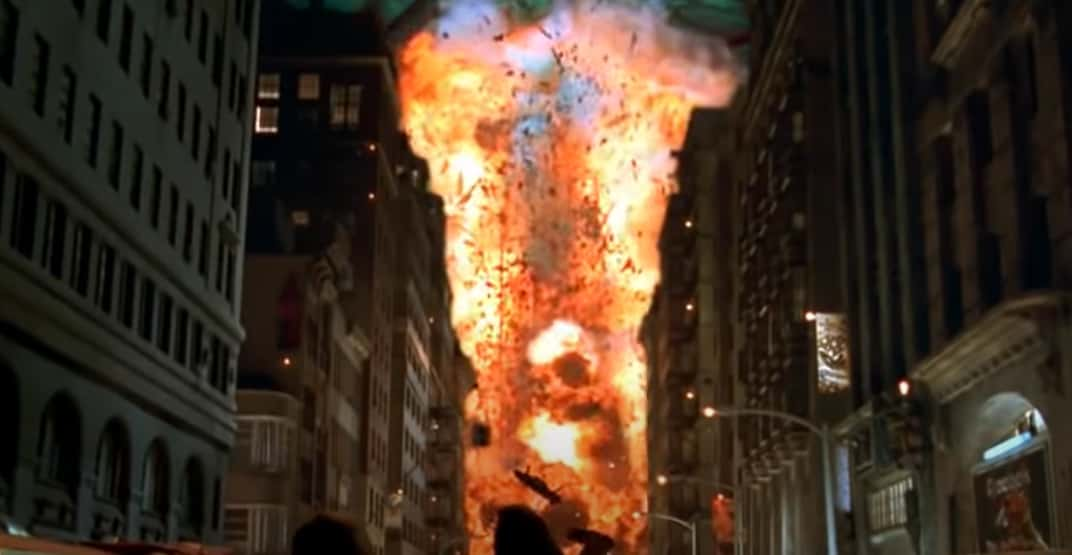 Independence Day (1996), Twentieth Century Fox
Independence Day (1996), Twentieth Century Fox
3. Let’s Do It for Real!
In a world where computers do more and more to make film magic happen, one person who stands against the tide is Christopher Nolan. He has always strived for practical effects in his movies. The wormhole from Interstellar wasn’t done with computers, it was a three-story set that Matthew McConaughey was lowered into on wires. The all-ocean planet in that film was filmed on top of a melting glacier!
2. What? It’s Showbiz! Never Mind, Get Rid of It…
Filmmaker Martin Scorsese is no stranger to special effects, though he probably didn’t expect to need the rotoscoping technique for his documentary The Last Waltz. The reason? To remove a large chunk of cocaine which was hanging from Neil Young’s nose. You can’t make this stuff up!
1. Can’t We Make it an Even 150?
To make it look like someone is being shot, many films make use of miniature explosive devices called squibs. One film which made excellent use of them was The Godfather, particularly when they filmed one of the main characters being mowed down by machine guns. To portray this as accurately as possible, the filmmakers put no less than 149 squibs onto the actor. Thankfully for the actor, they filmed his death scene in one take from multiple angles to spare him from having to do that more than once.
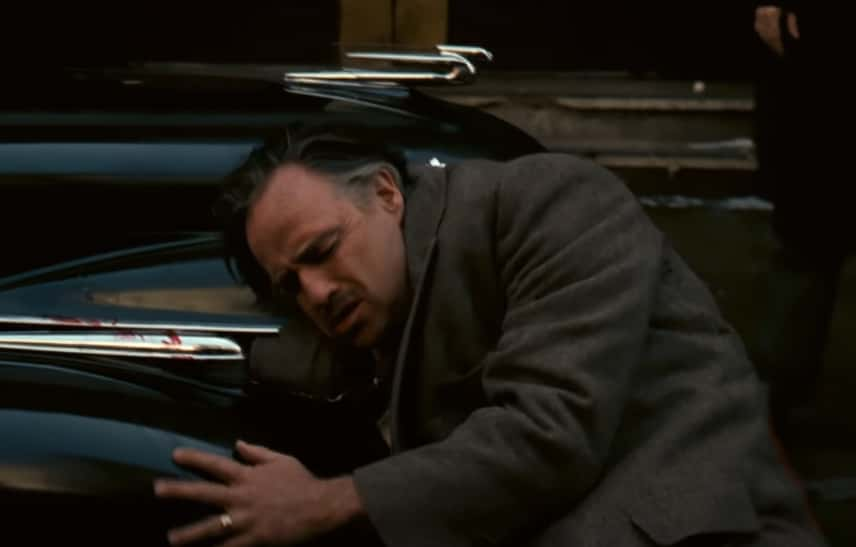 The Godfather (1972), Paramount Pictures
The Godfather (1972), Paramount Pictures
Sources: 1, 2, 3, 4, 5, 6, 7, 8, 9, 10, 11, 12, 13, 14, 15, 16, 17, 18, 19, 20, 21, 22, 23, 24, 25, 26


